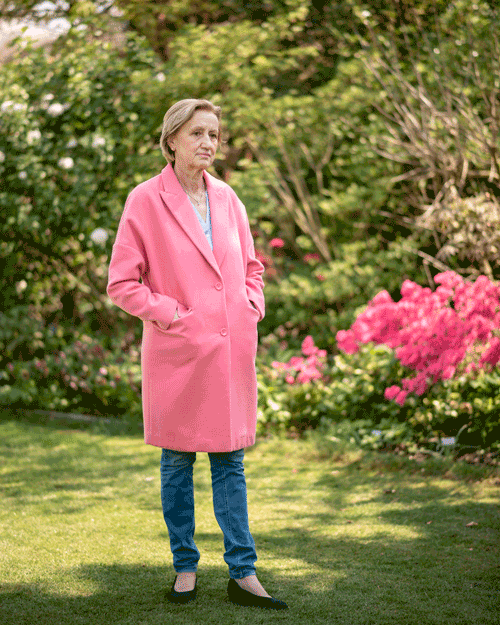obsolete values
In Germany, there is powerful legal protection of historical buildings and monuments. Successfully, it prevents the destruction and altering of old buildings - but only as long as there are no politically supported companies with monetary interests.
While you can regularly read reports about failing attempts to get photovoltaic systems approved on old buildings, it seems like nothing can stop a coal mining company from destroying centuries-old villages and forcing their residents to migrate, even if their homes are legally protected historical buildings.
More than once, I met people in the villages close to Garzweiler II in North Rine-Westfalia who told me that they - while they tried to install solar systems on their private properties - have had considerable problems with the state authorities due to the historic preservation of their buildings. People who happen to live in those villages, which were supposed to get demolished by RWE anyway for lignite.
More than once, I met people in the villages close to Garzweiler II in North Rine-Westfalia who told me that they - while they tried to install solar systems on their private properties - have had considerable problems with the state authorities due to the historic preservation of their buildings. People who happen to live in those villages, which were supposed to get demolished by RWE anyway for lignite.
After a new deal between RWE (one of the mining & energy companies) and the German government, RWE wants to invest heavily in renewable energy and back out of coal mining by 2030, eight years earlier than previously planned. Five villages that were supposed to get demolished are considered to be safe now. Nonetheless, Eckardt had to leave his inherited property in the autumn of 2022. The rest of Lützerath is expected to get demolished soon despite contradicting surveys stating that it is nonessential to mine the coal under the village.
While accepting side effects like fine dust pollution in humongous regions, the devastation of areas in Saxony mainly inhabited by Sorbs, the destabilization of structures close to the pit, deforestation, groundwater draining and all its consequences, psychological impacts, and so forth, the destruction of the - especially in the area around Lützerath - fertile farmland and nature, will continue until at least 2030, using an outdated technology established on obsolete values, even if the villages should survive.
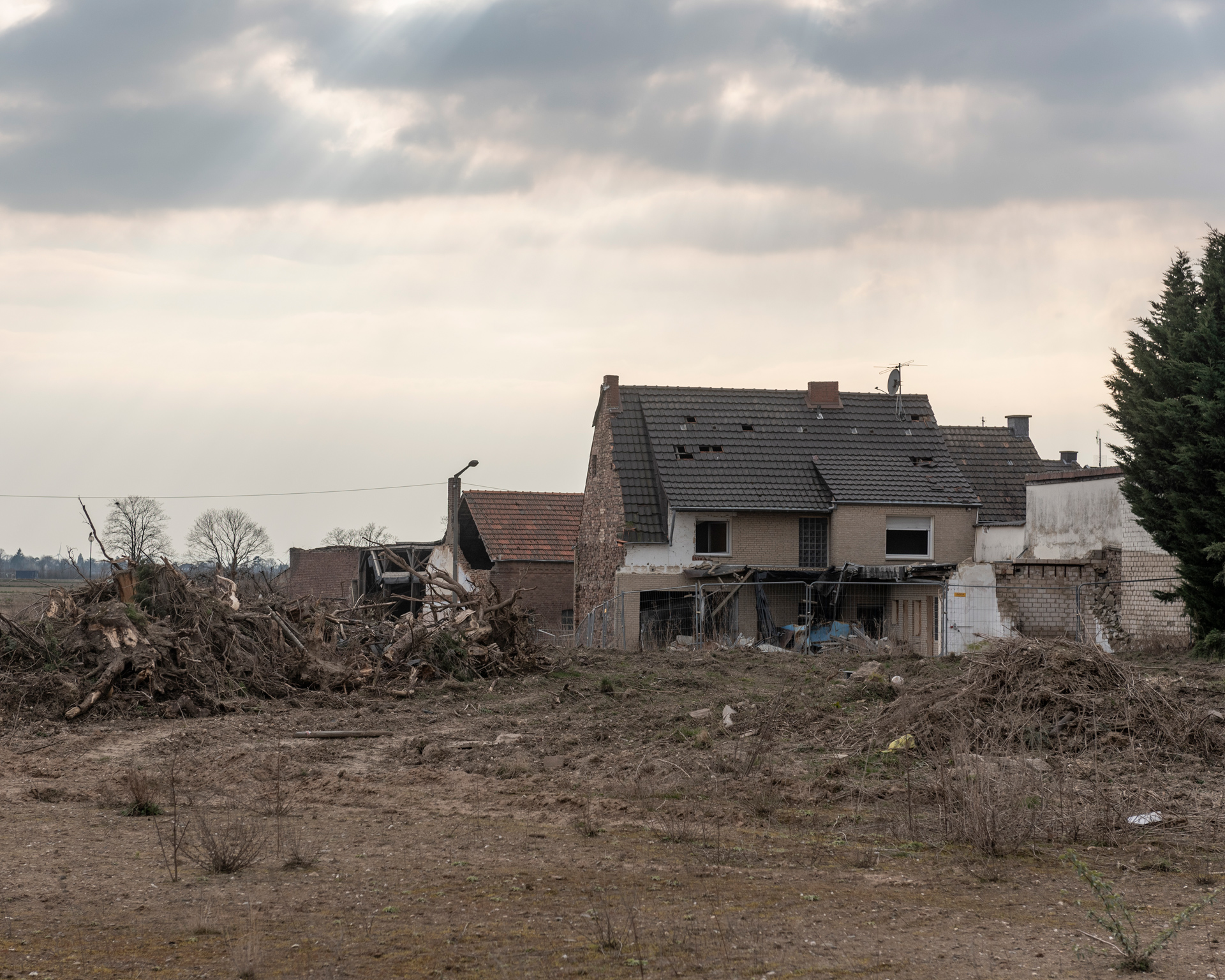
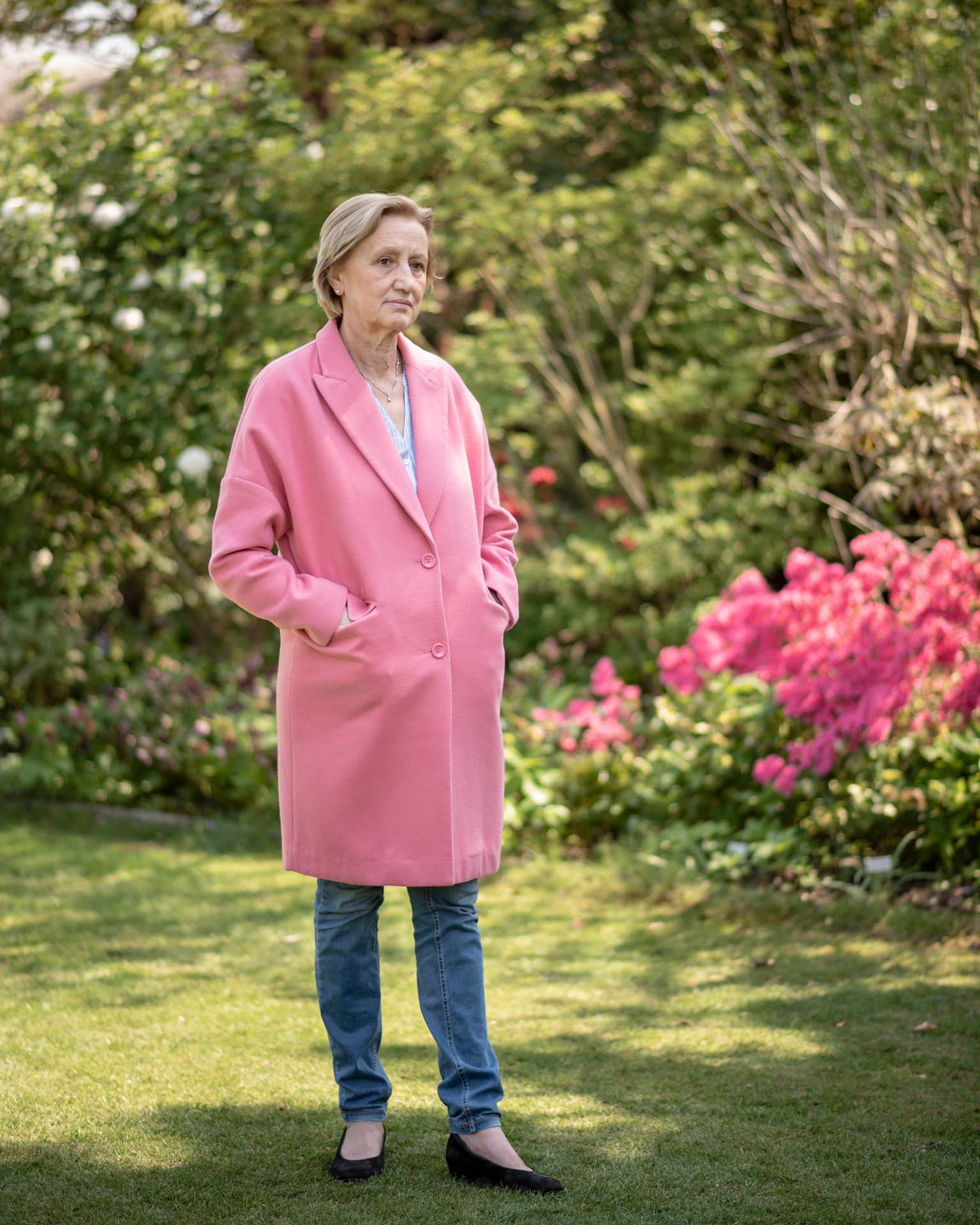
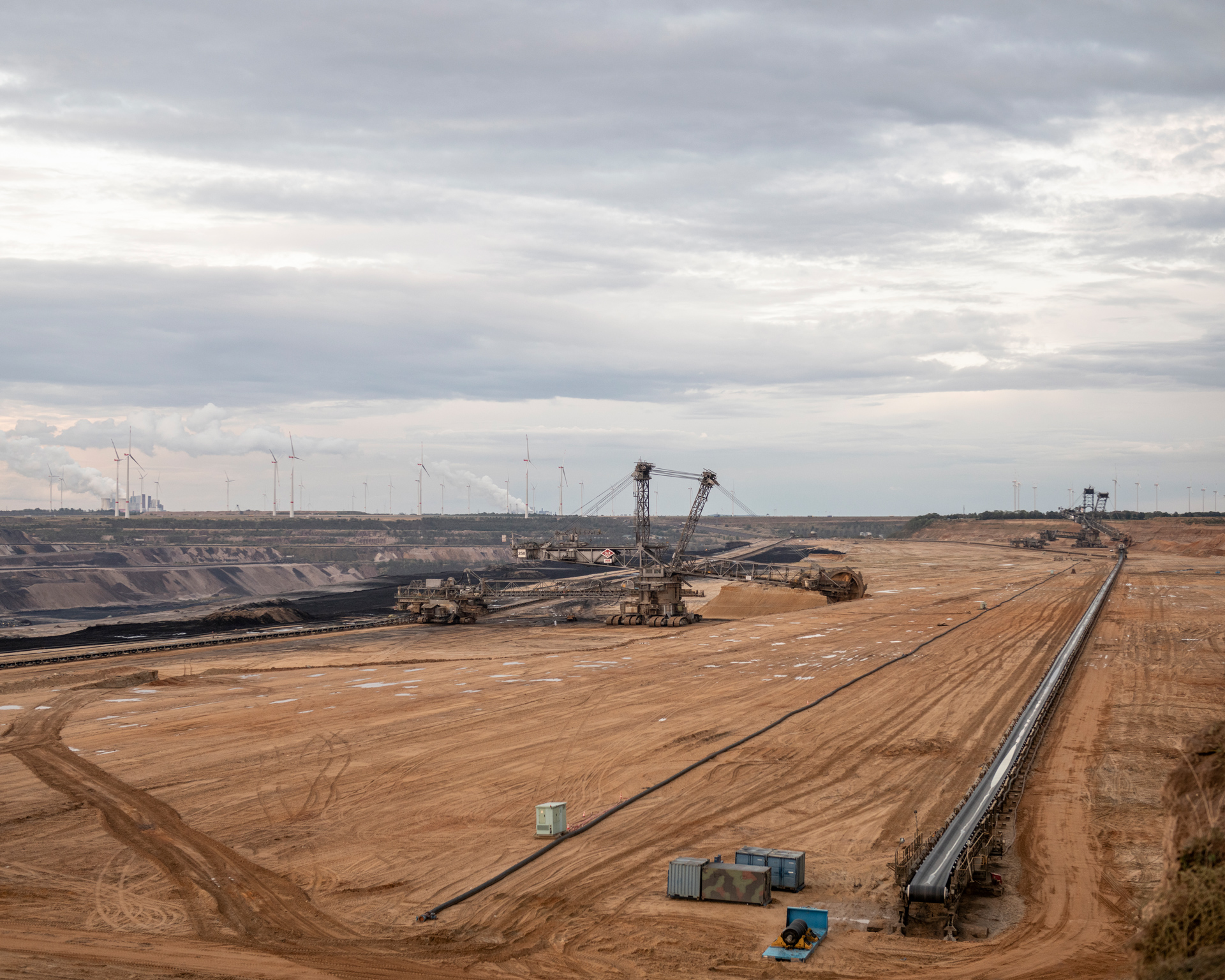
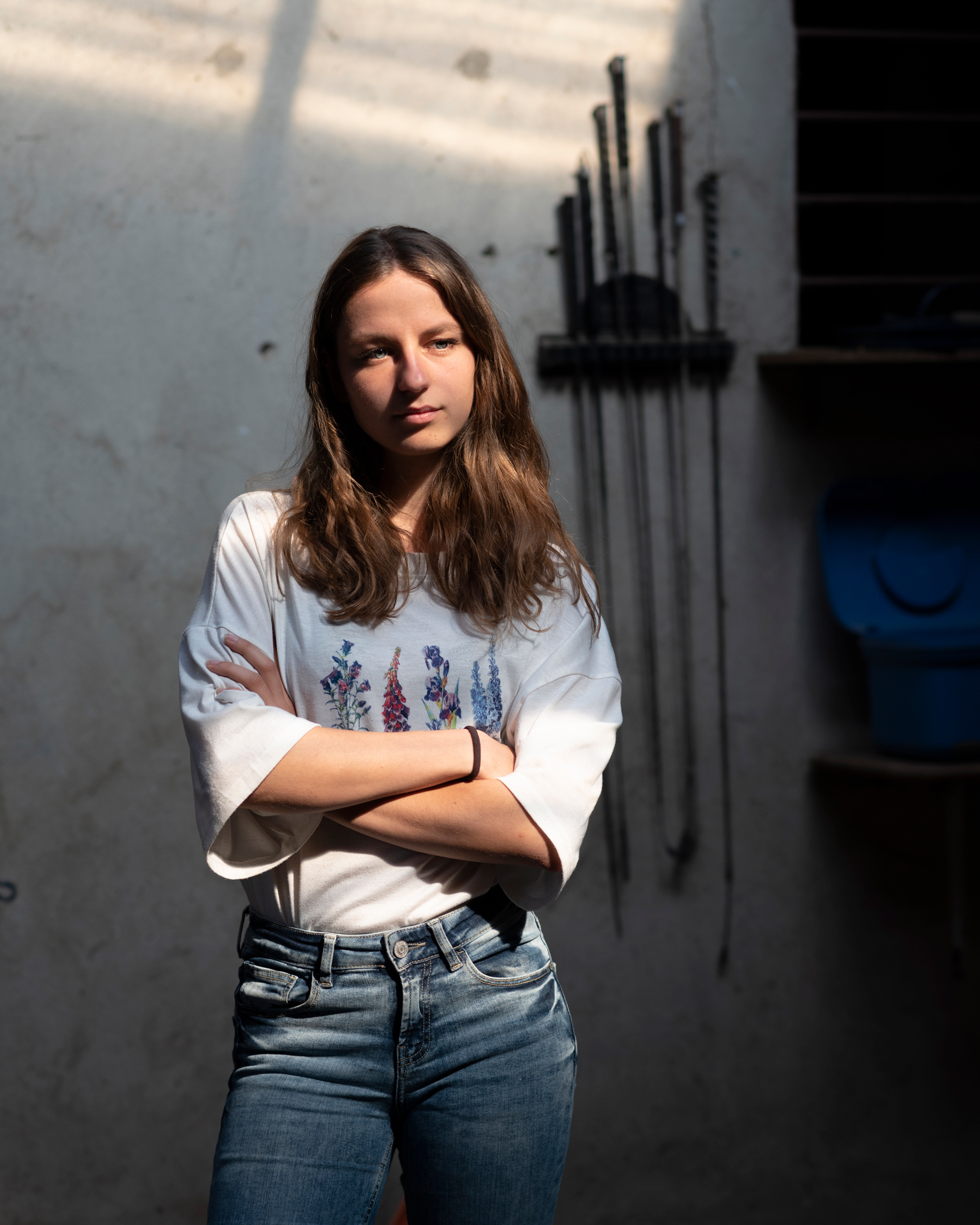
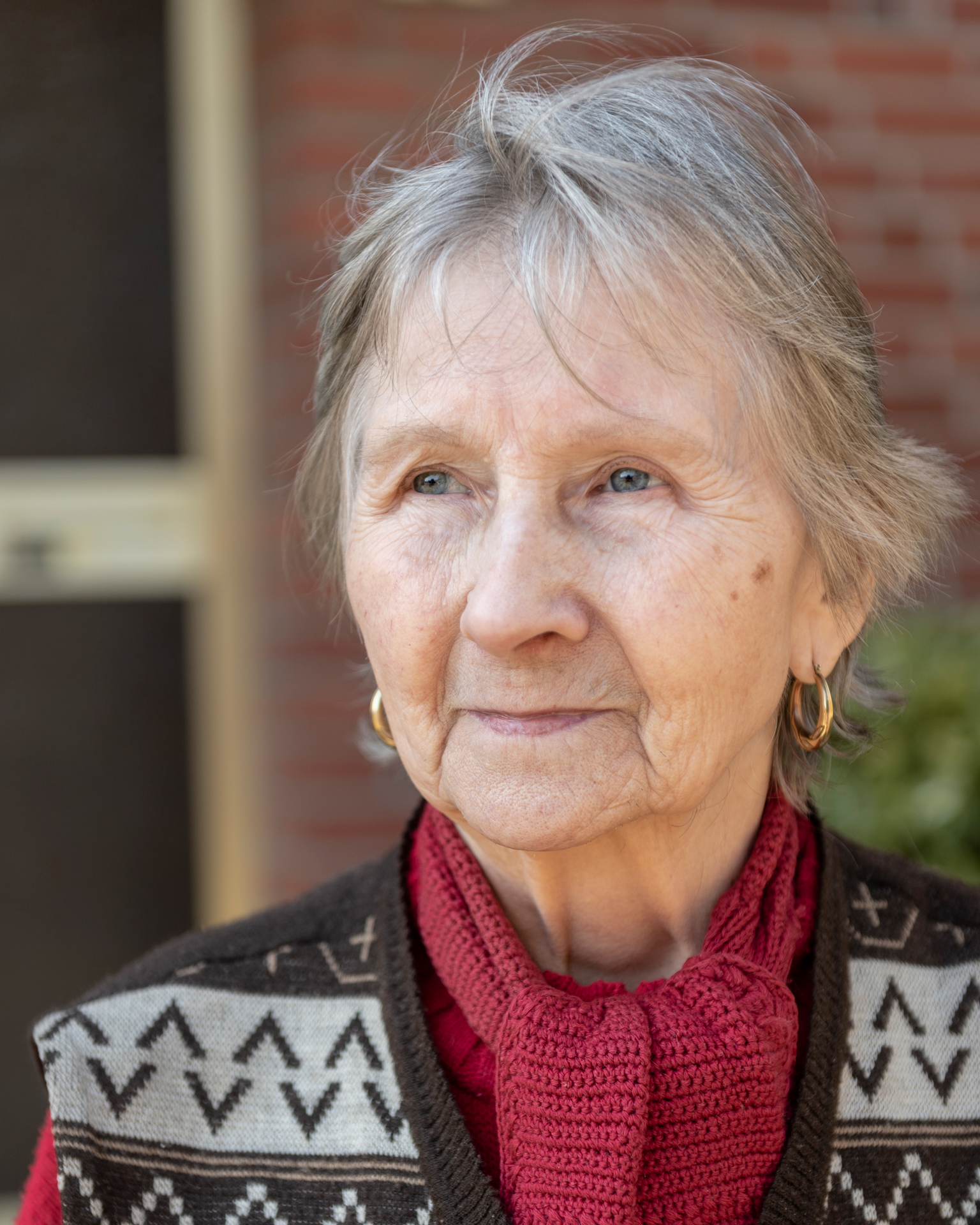
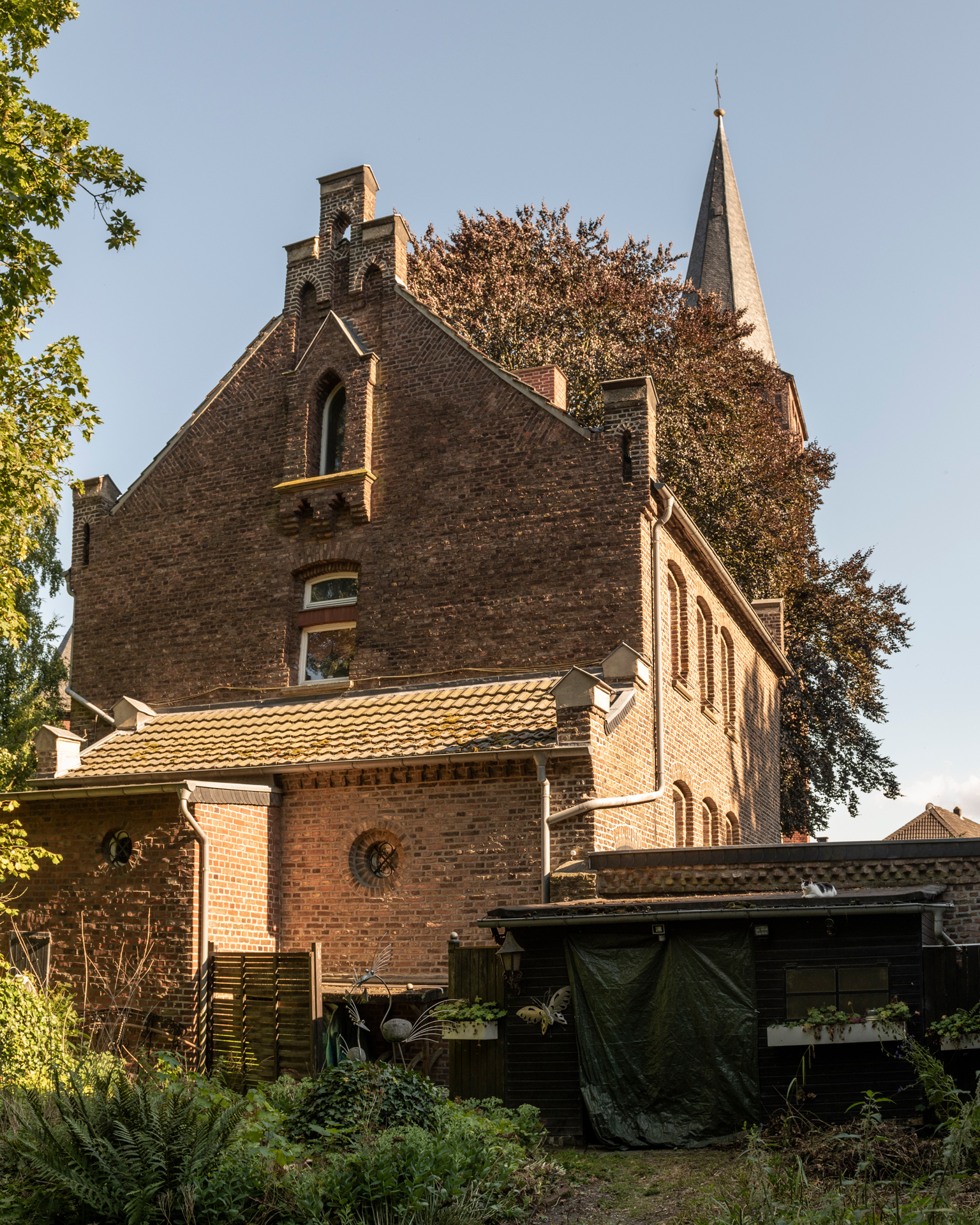
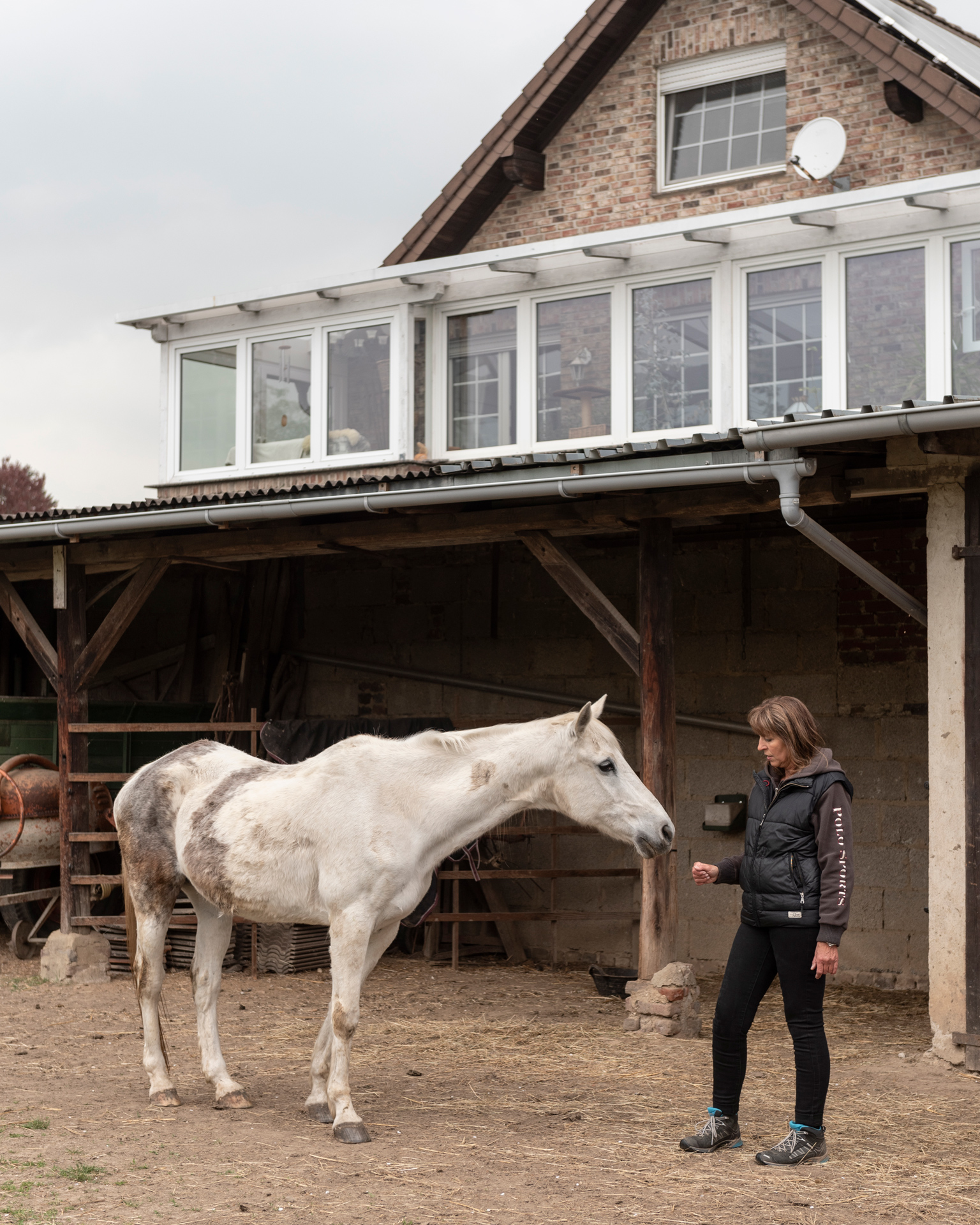
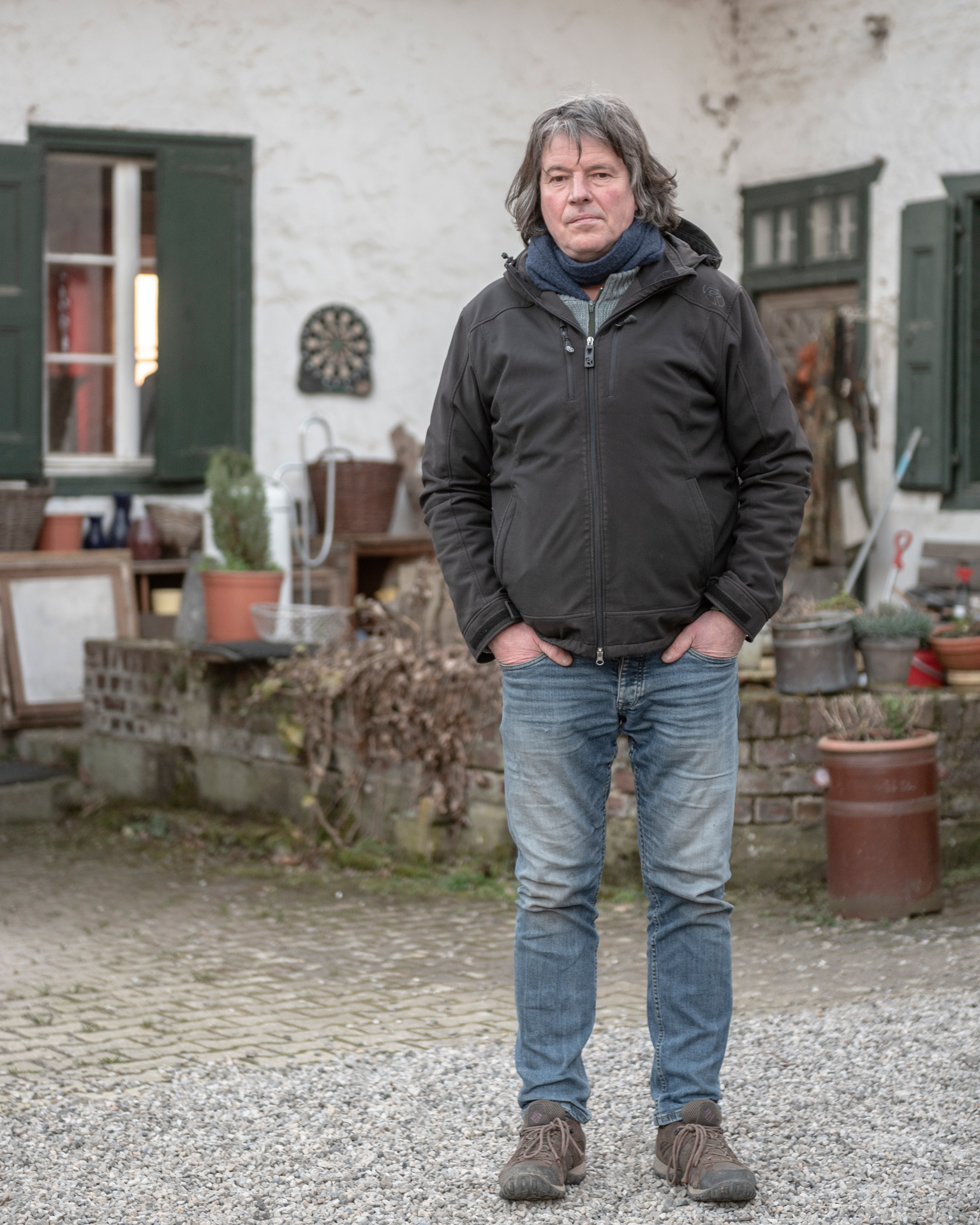
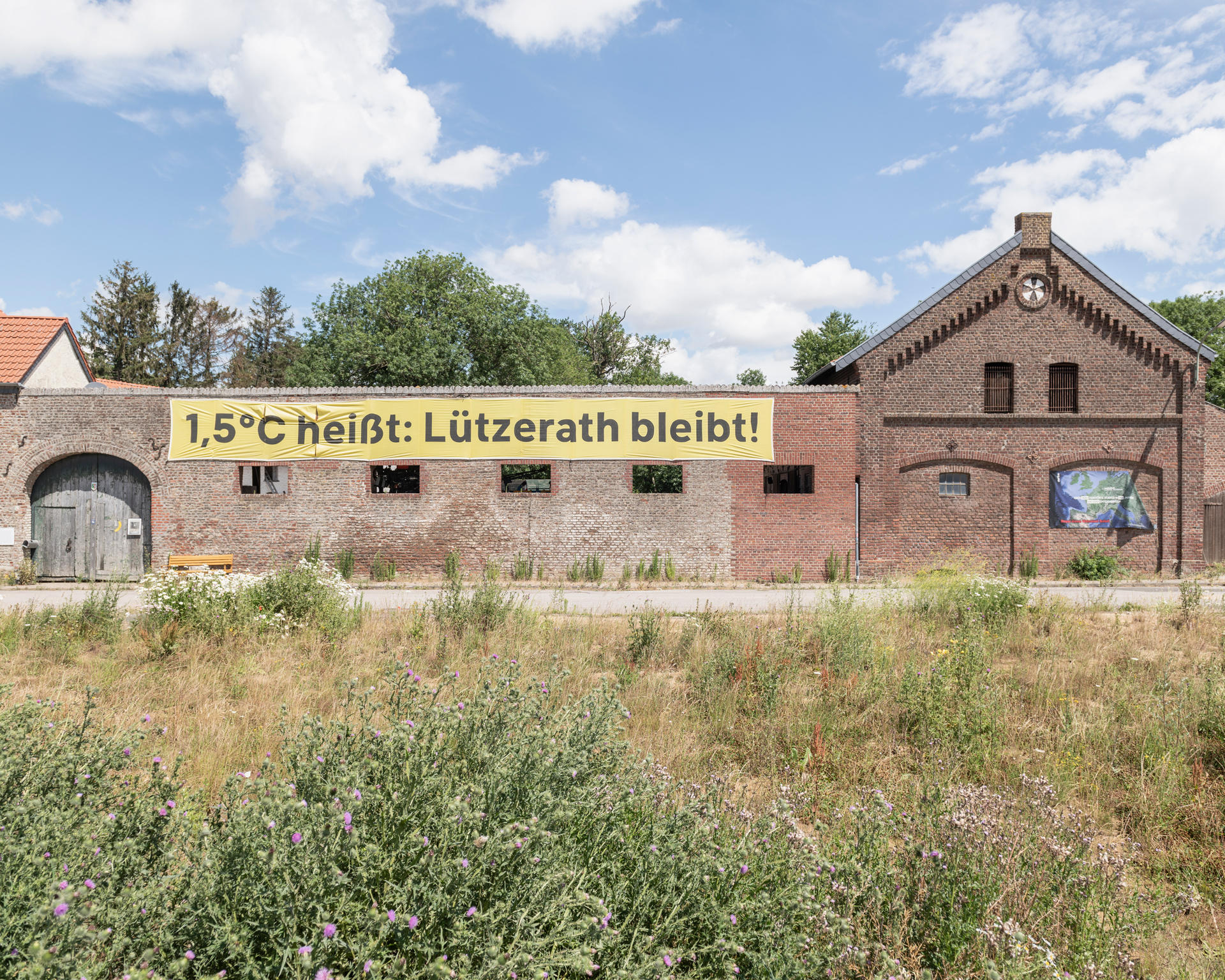
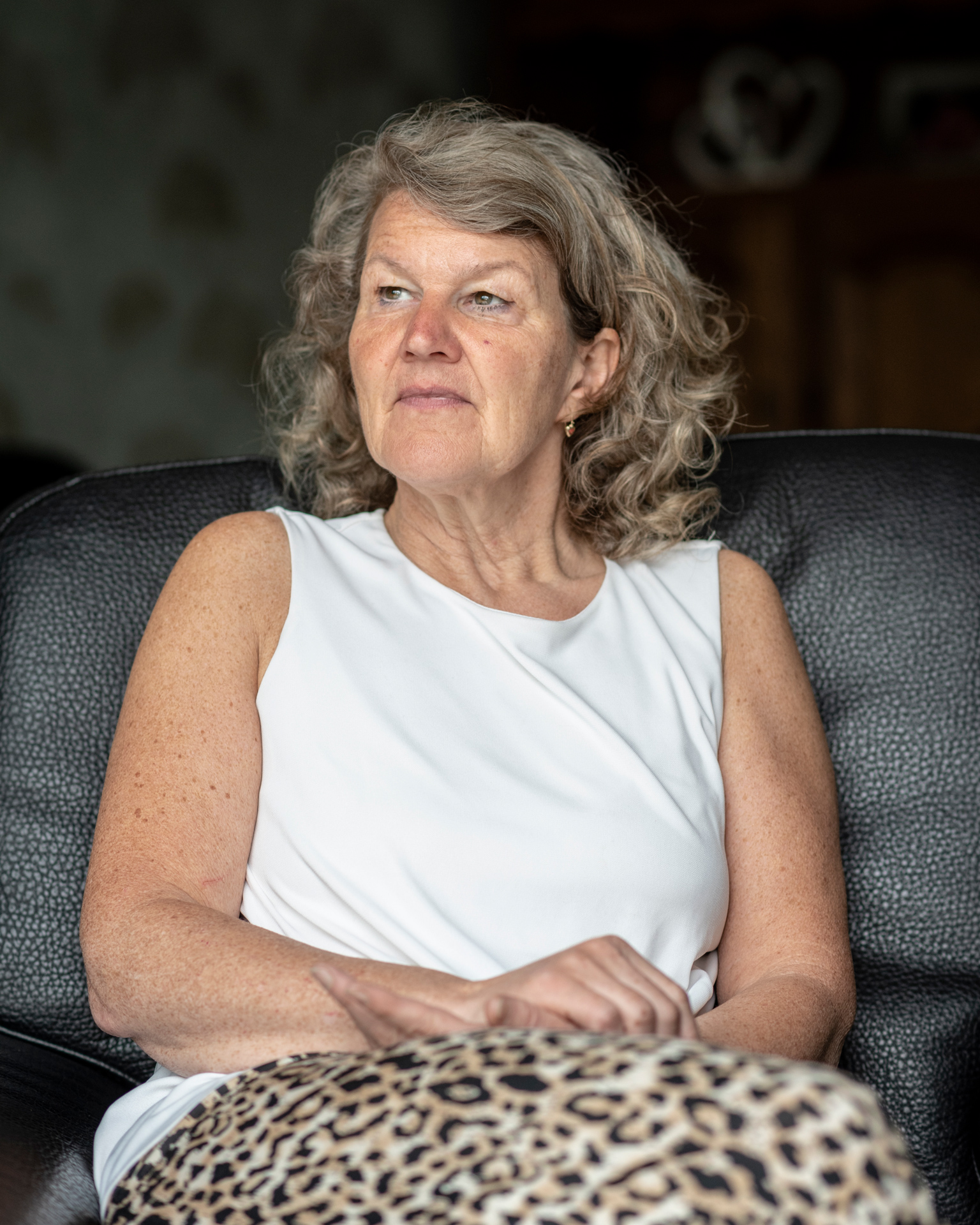
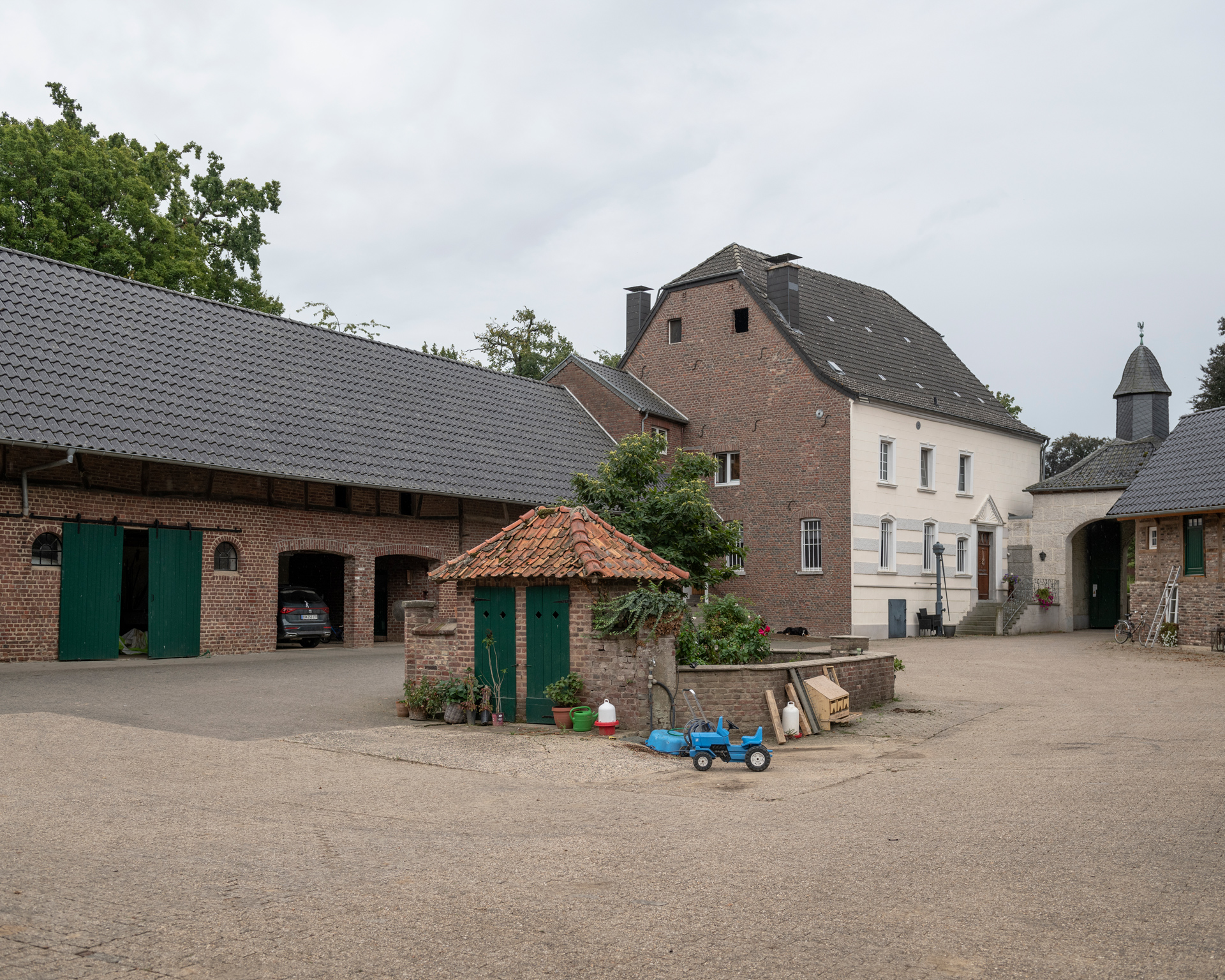
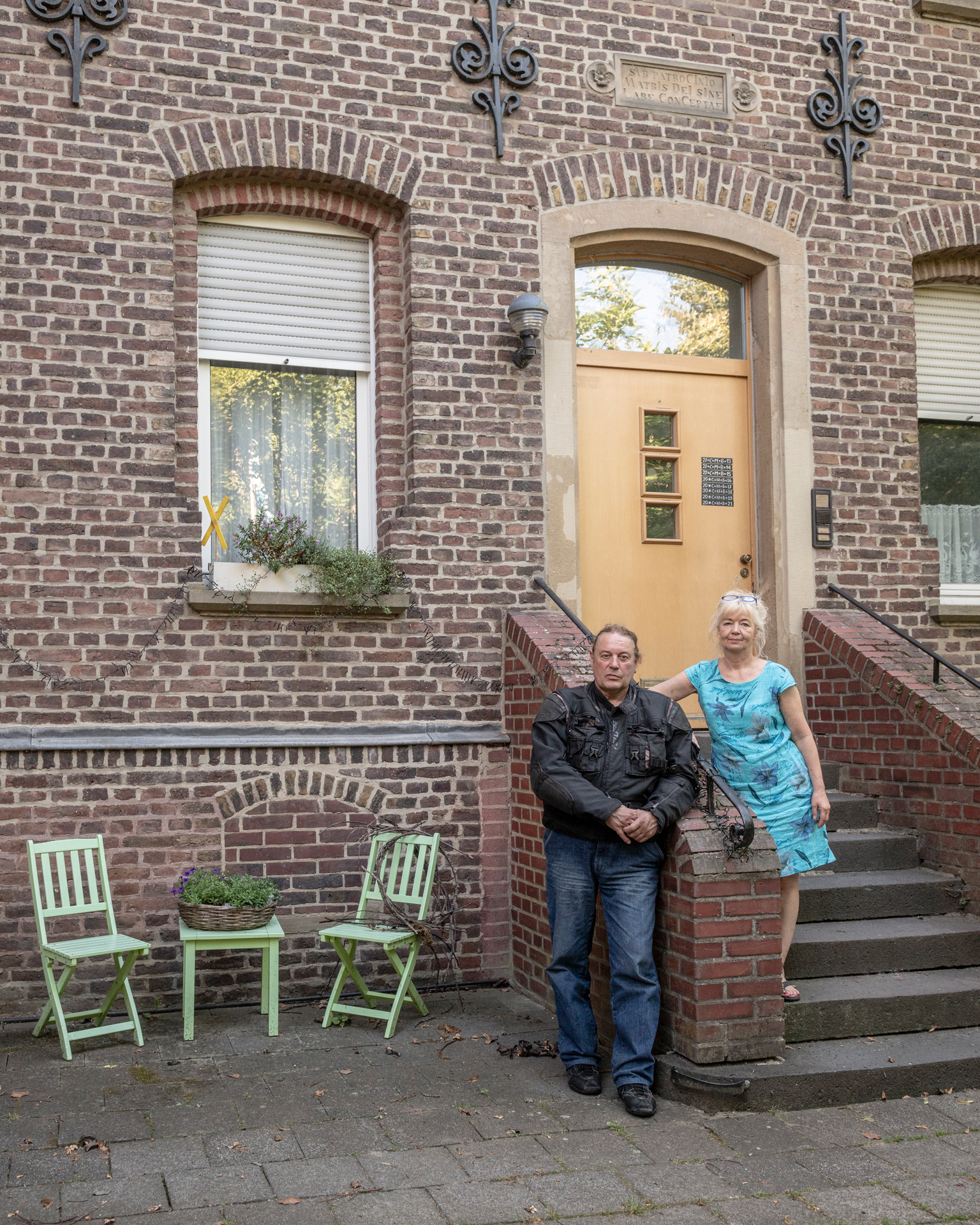
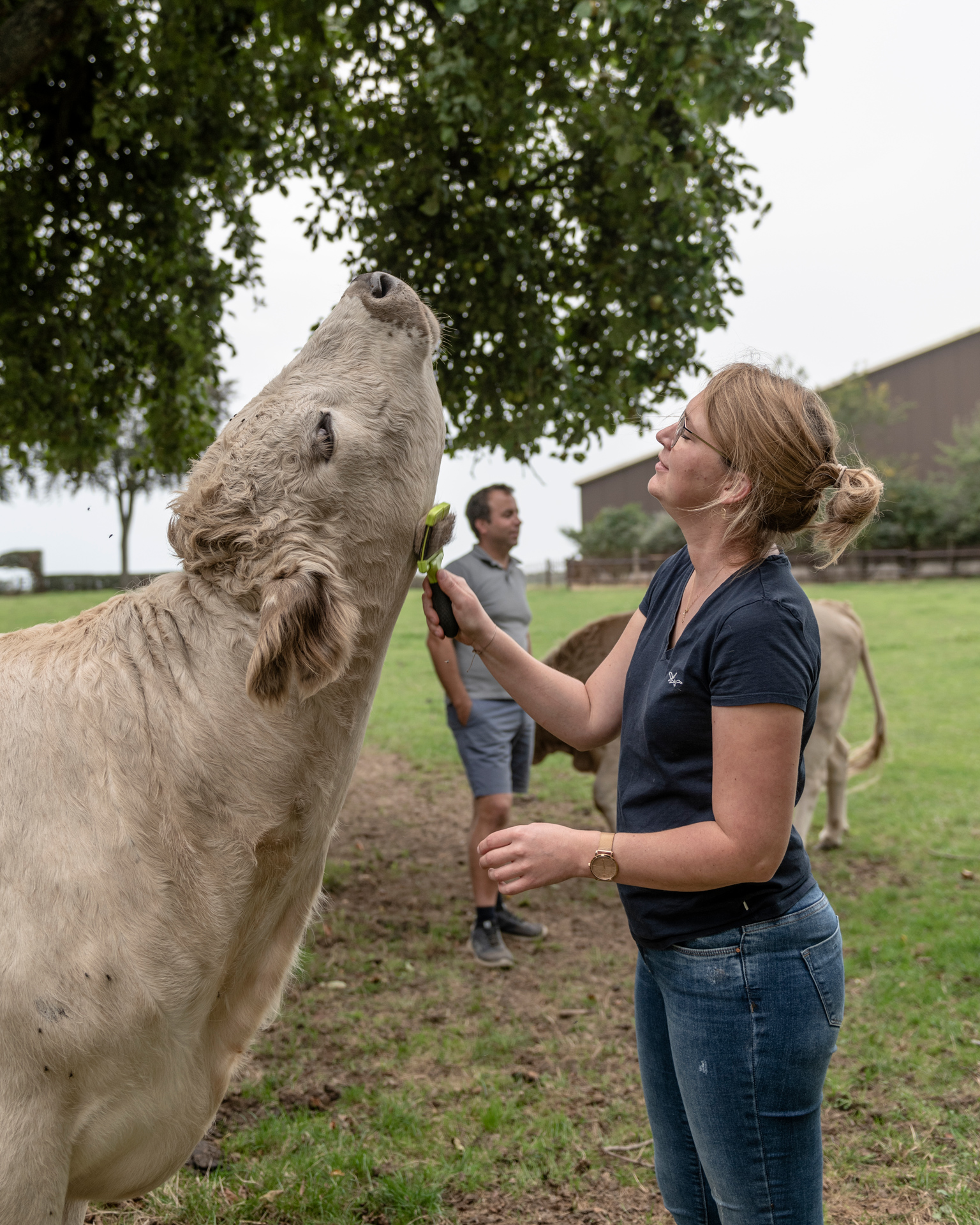
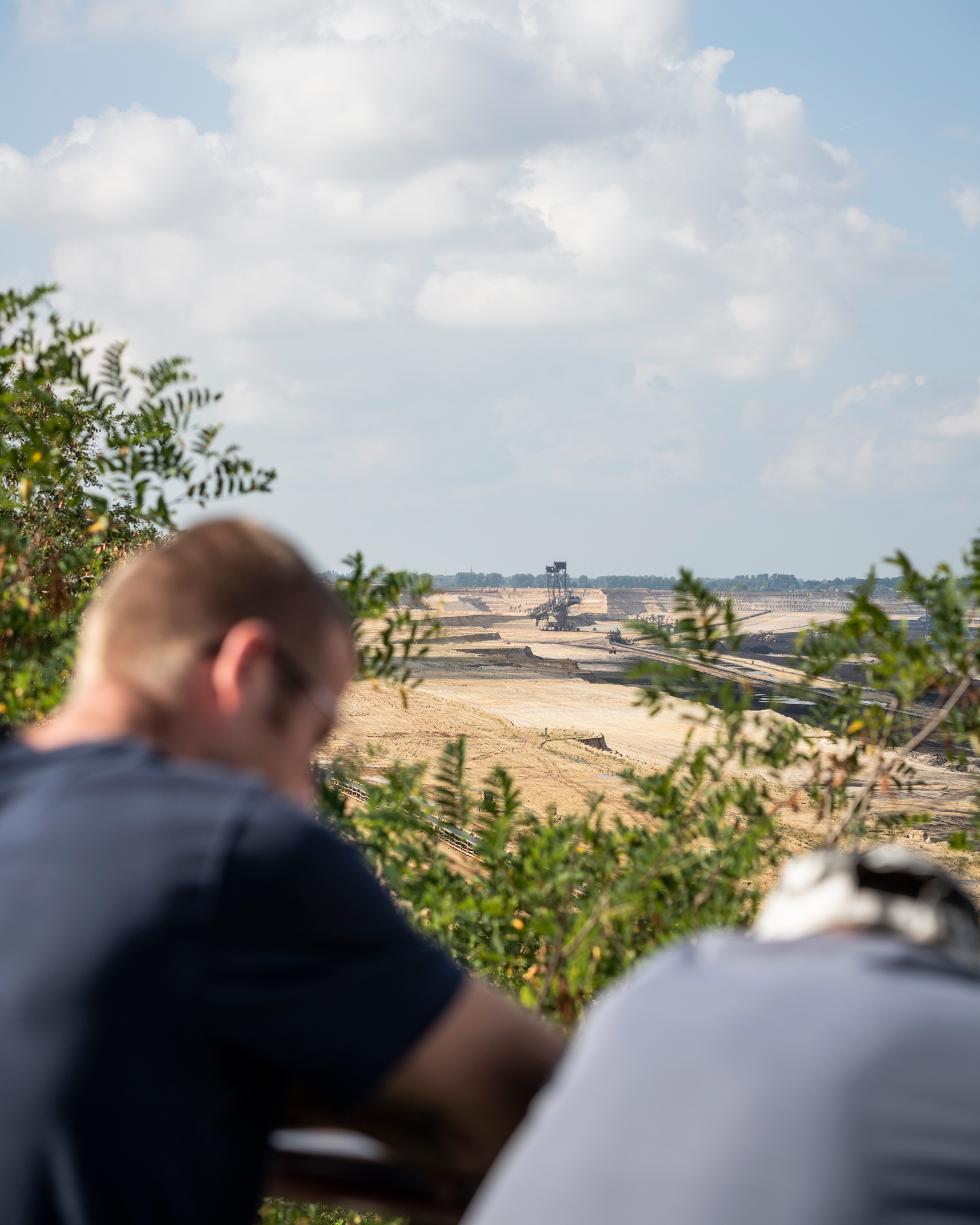
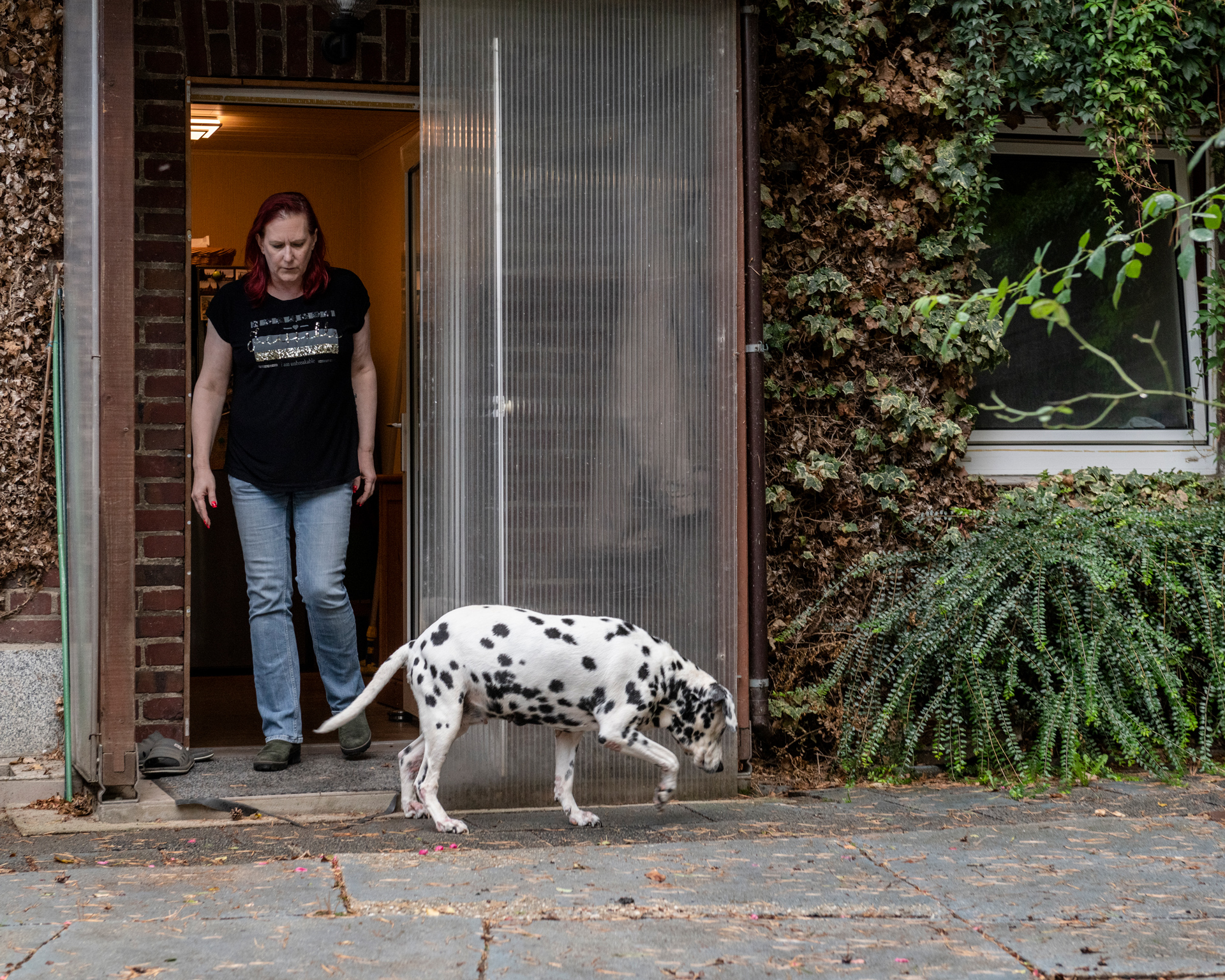
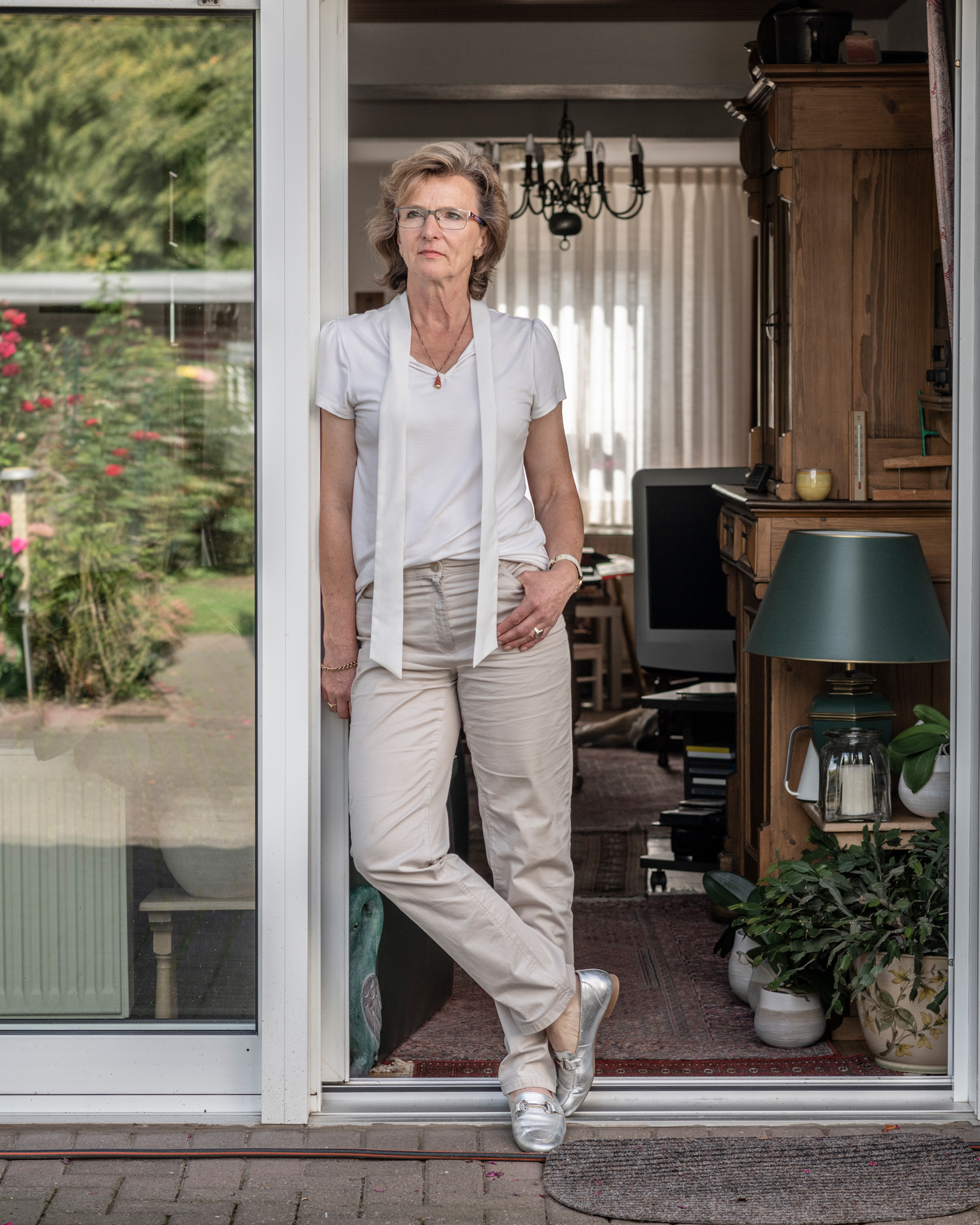
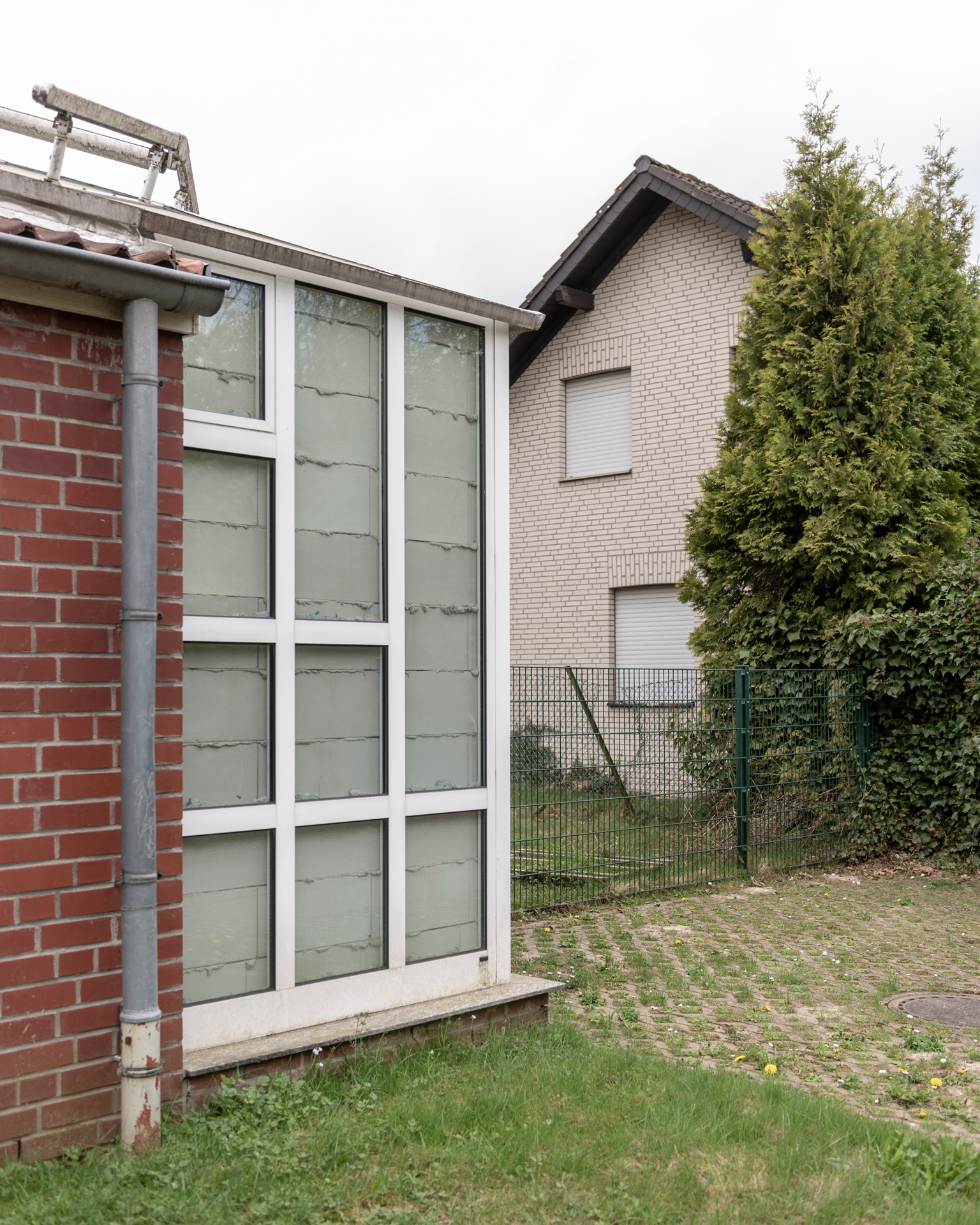
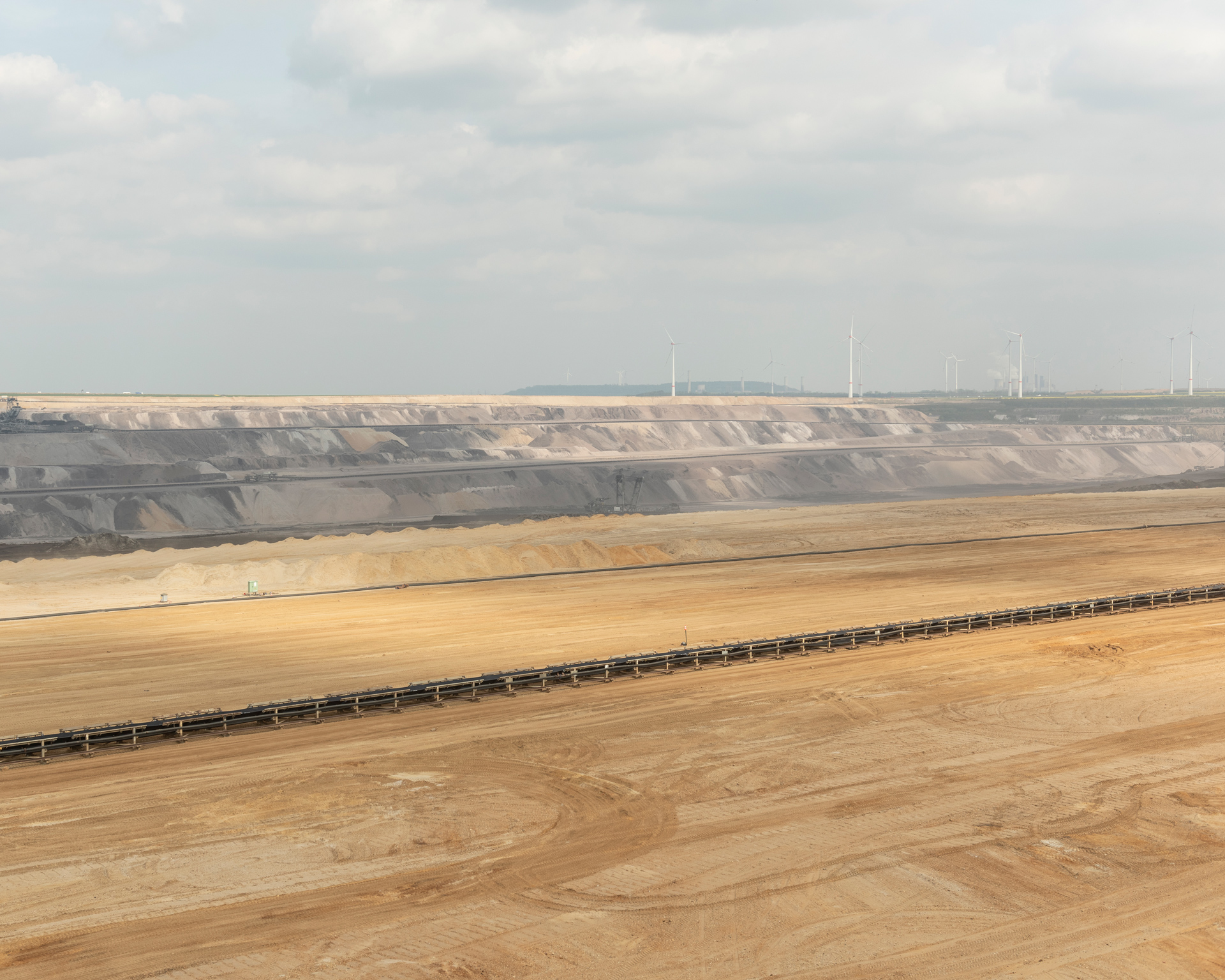
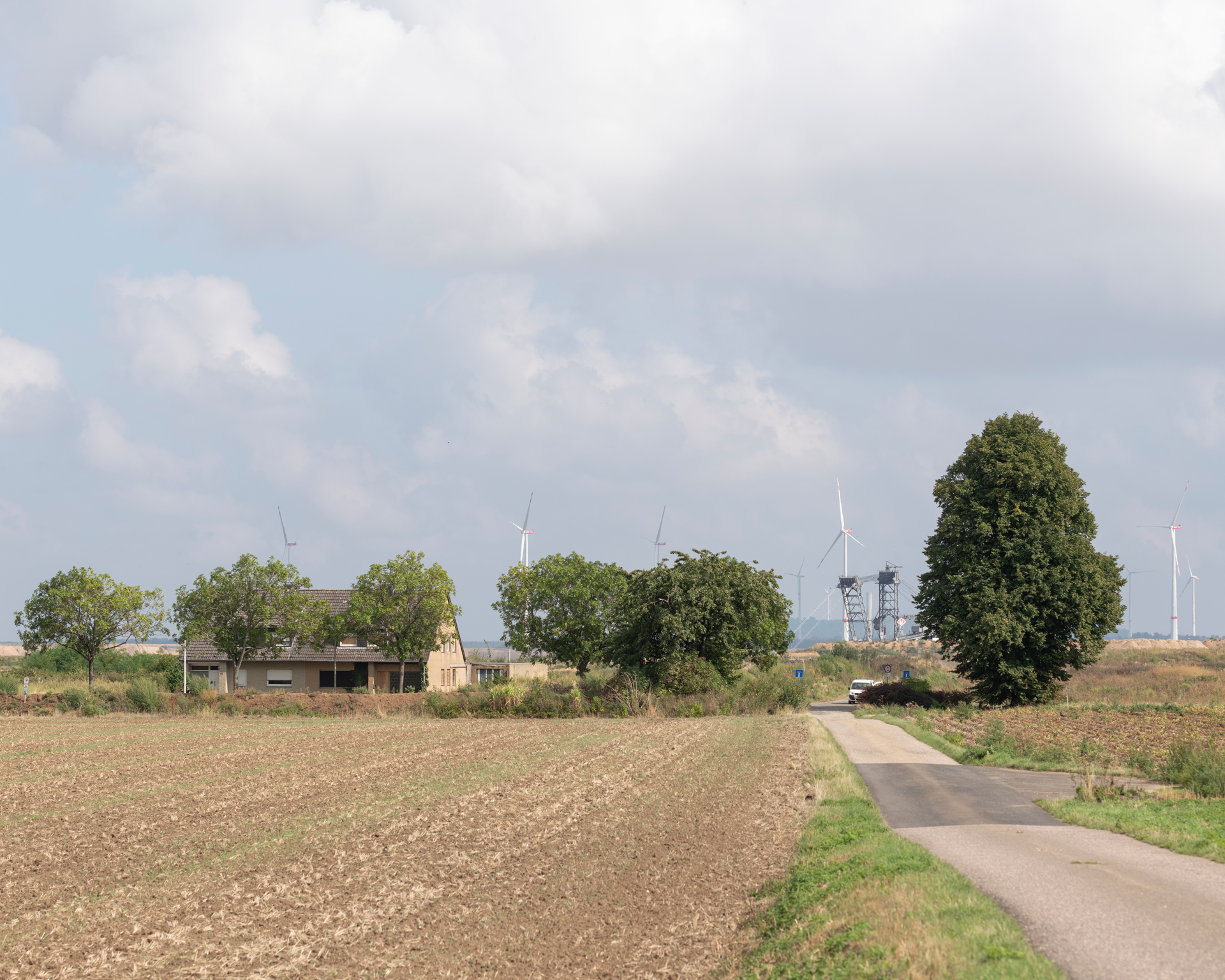
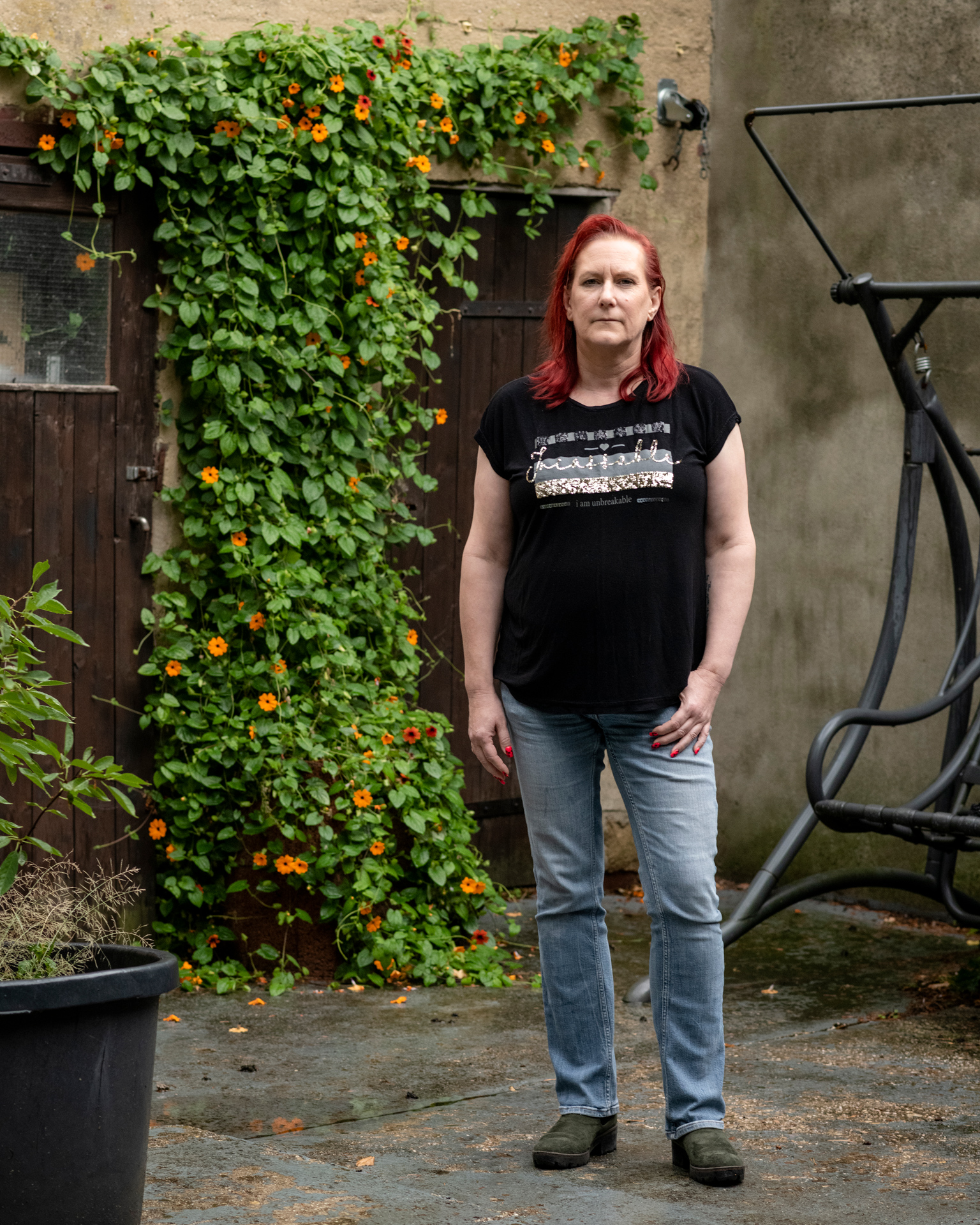
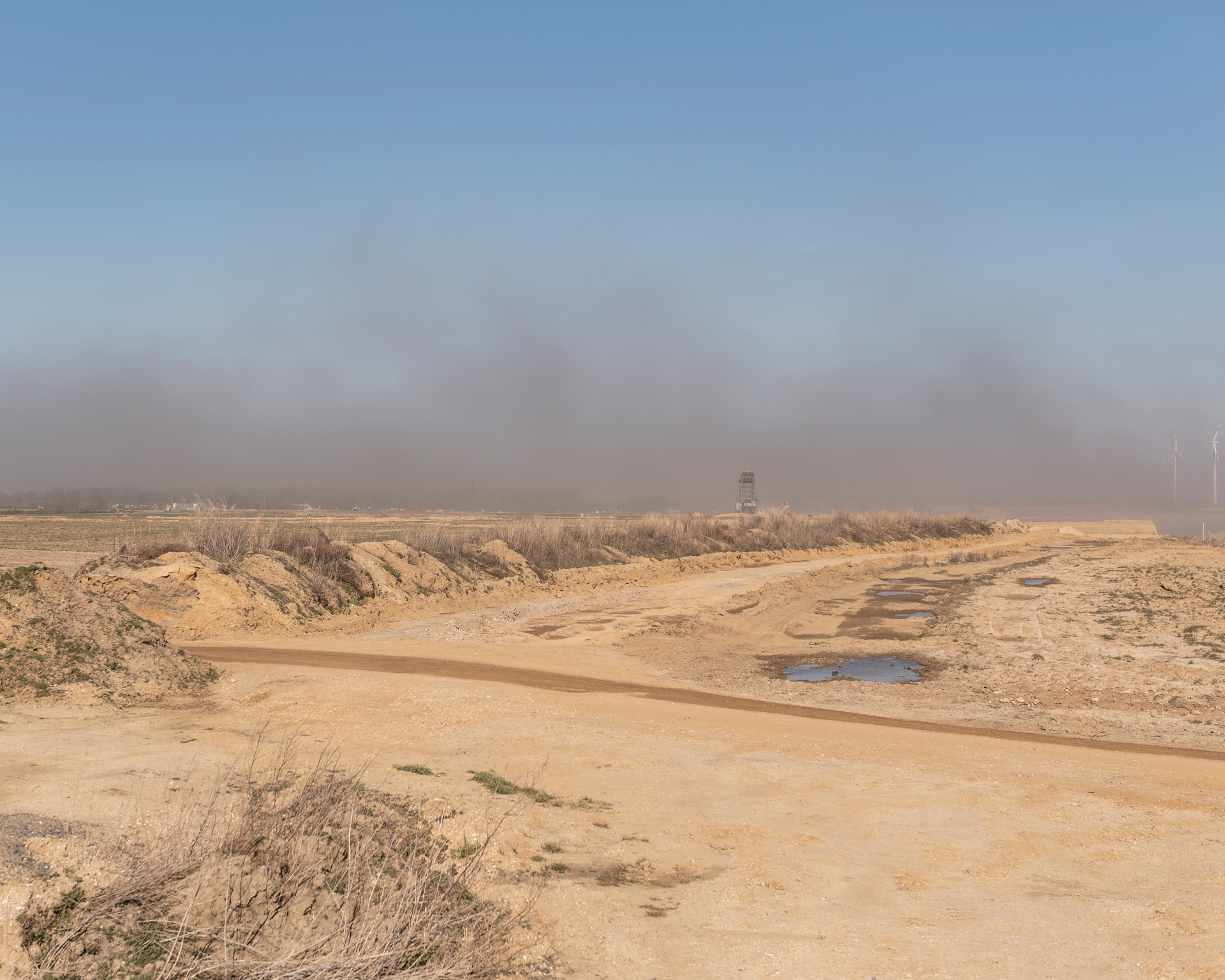
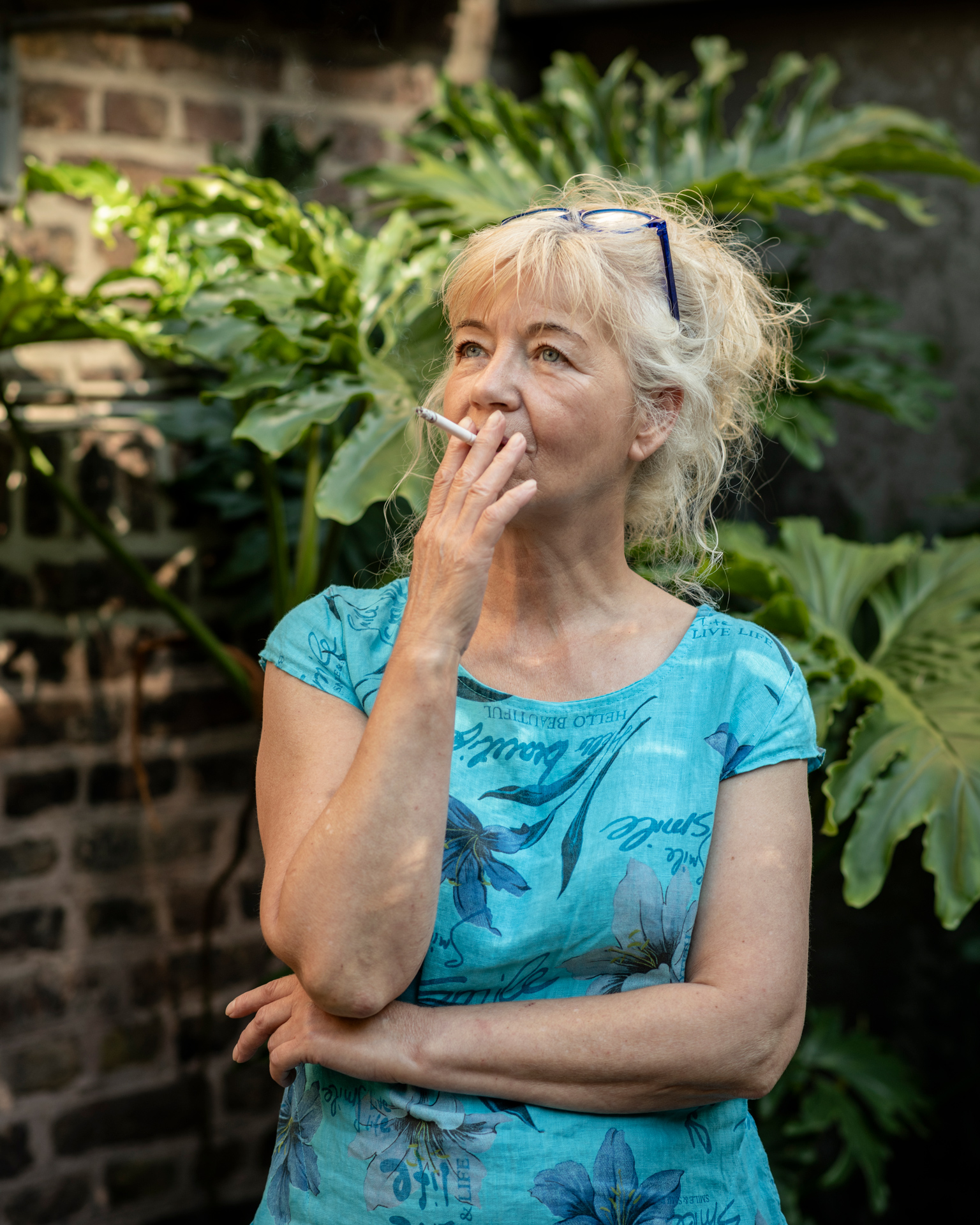
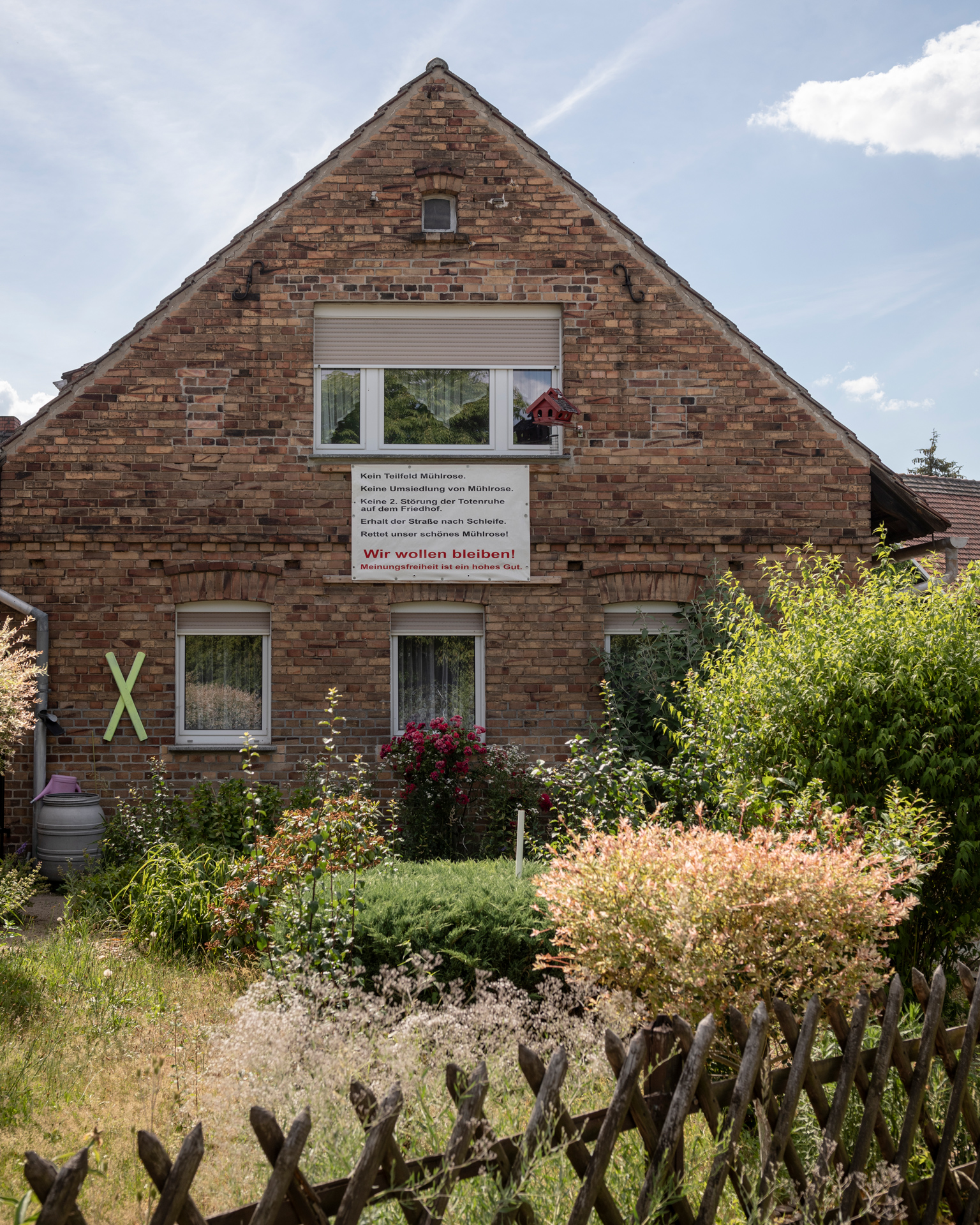
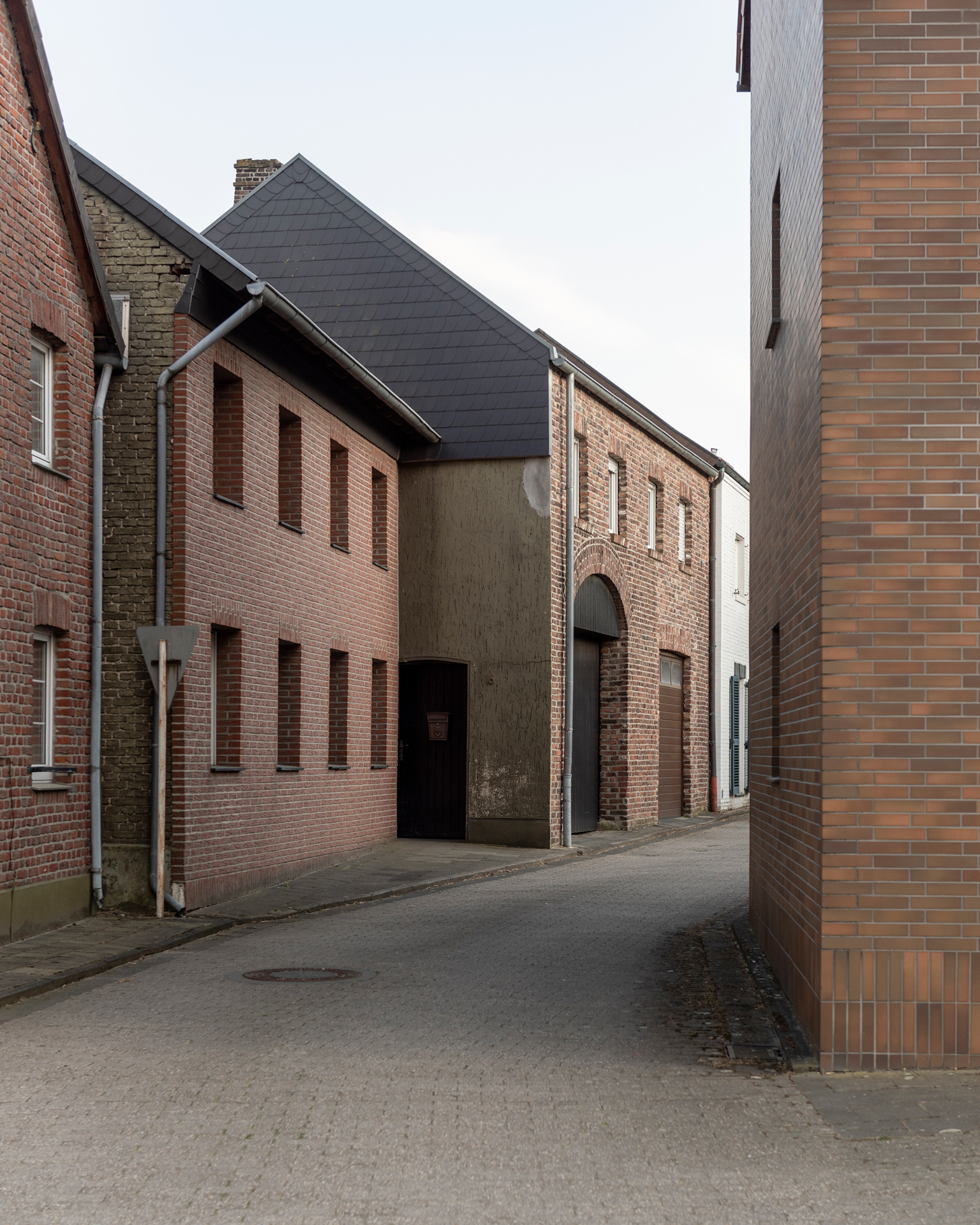
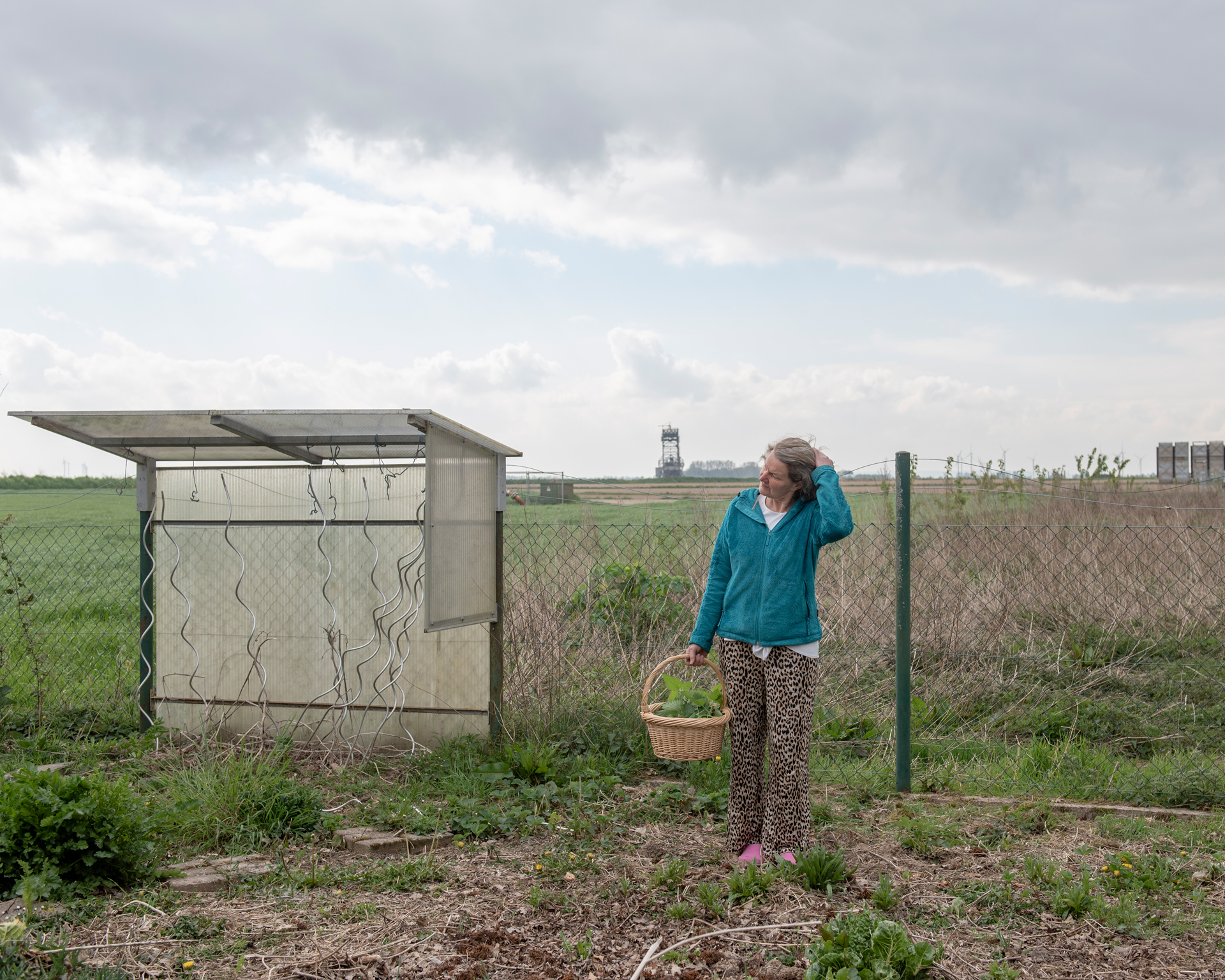
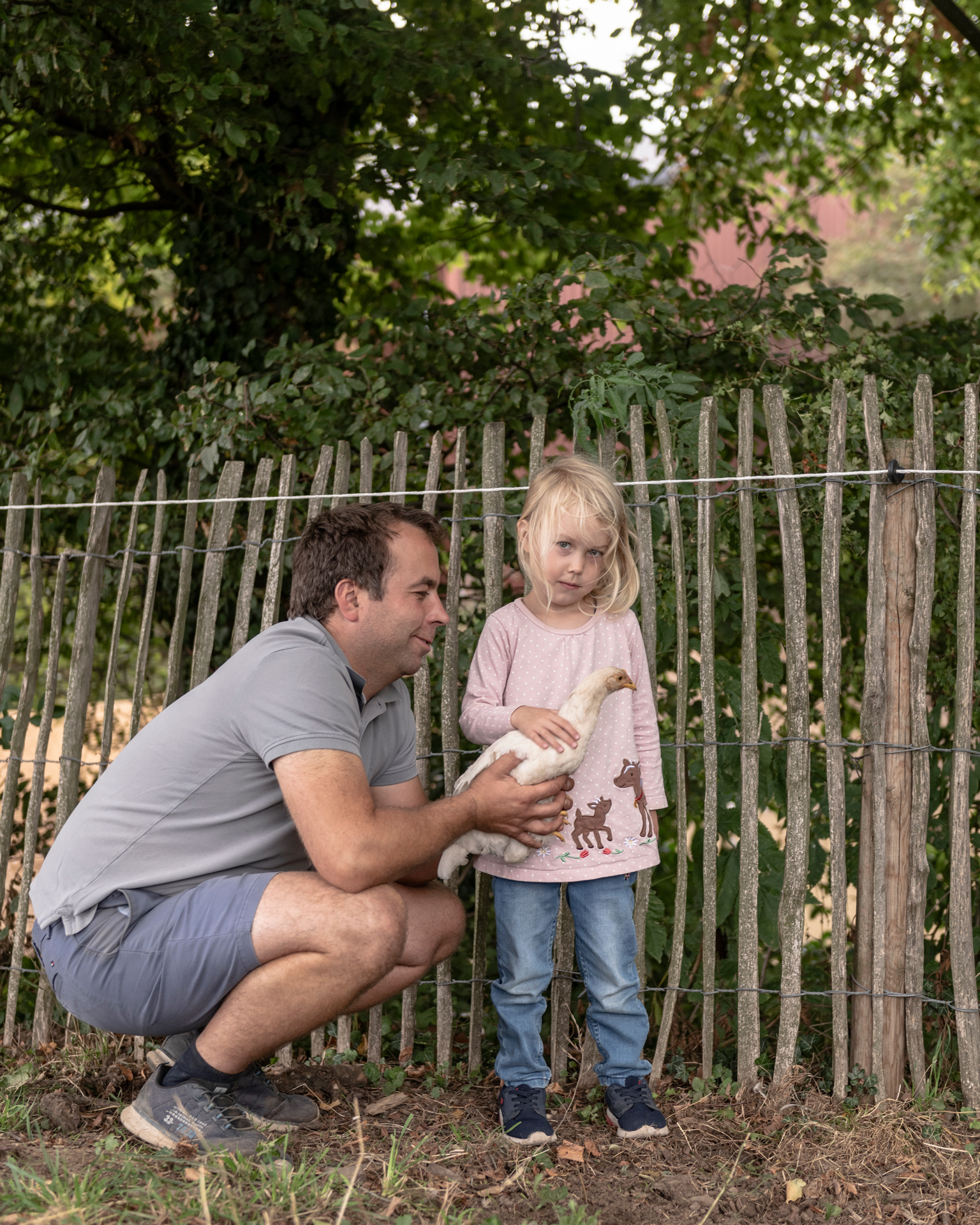
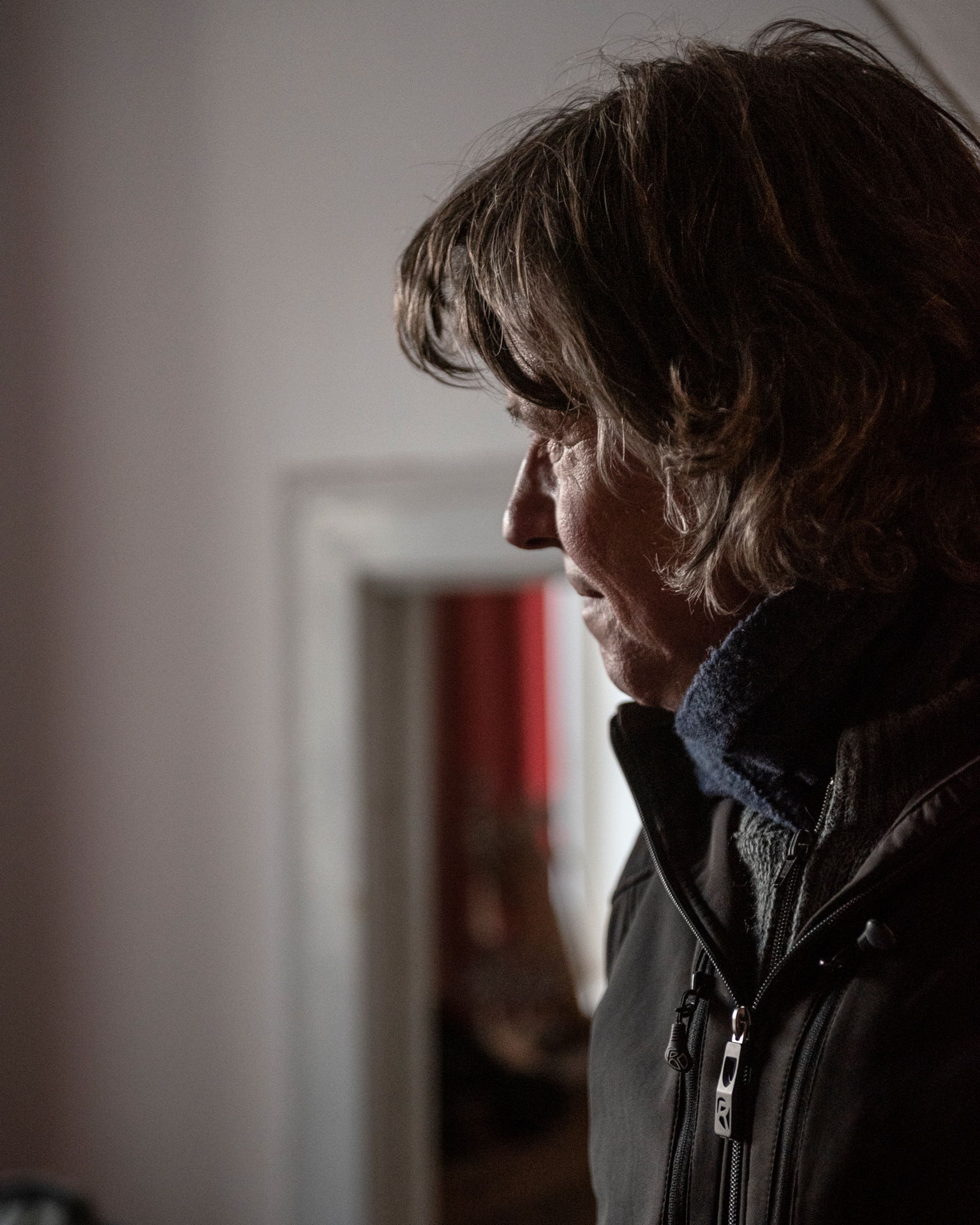
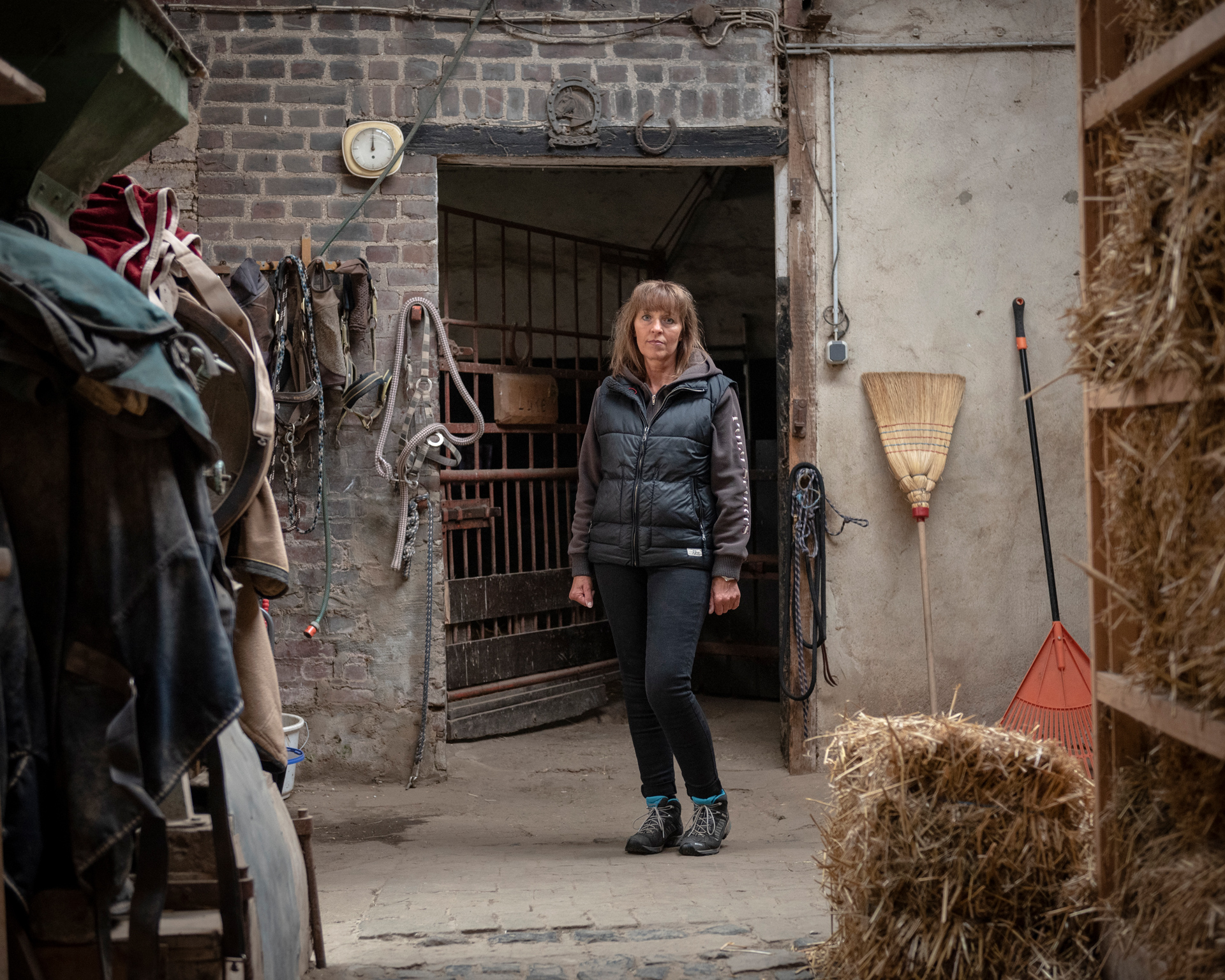
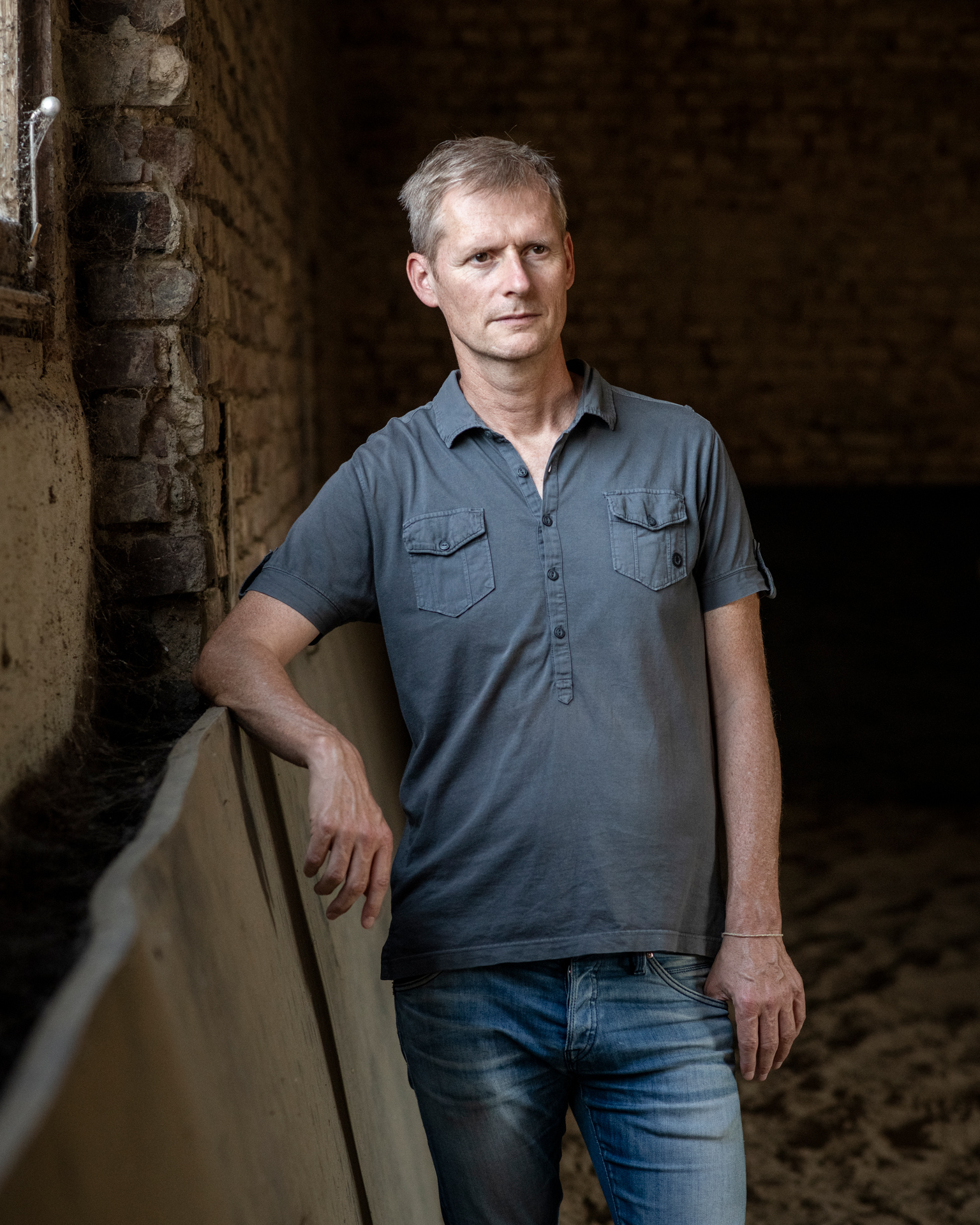
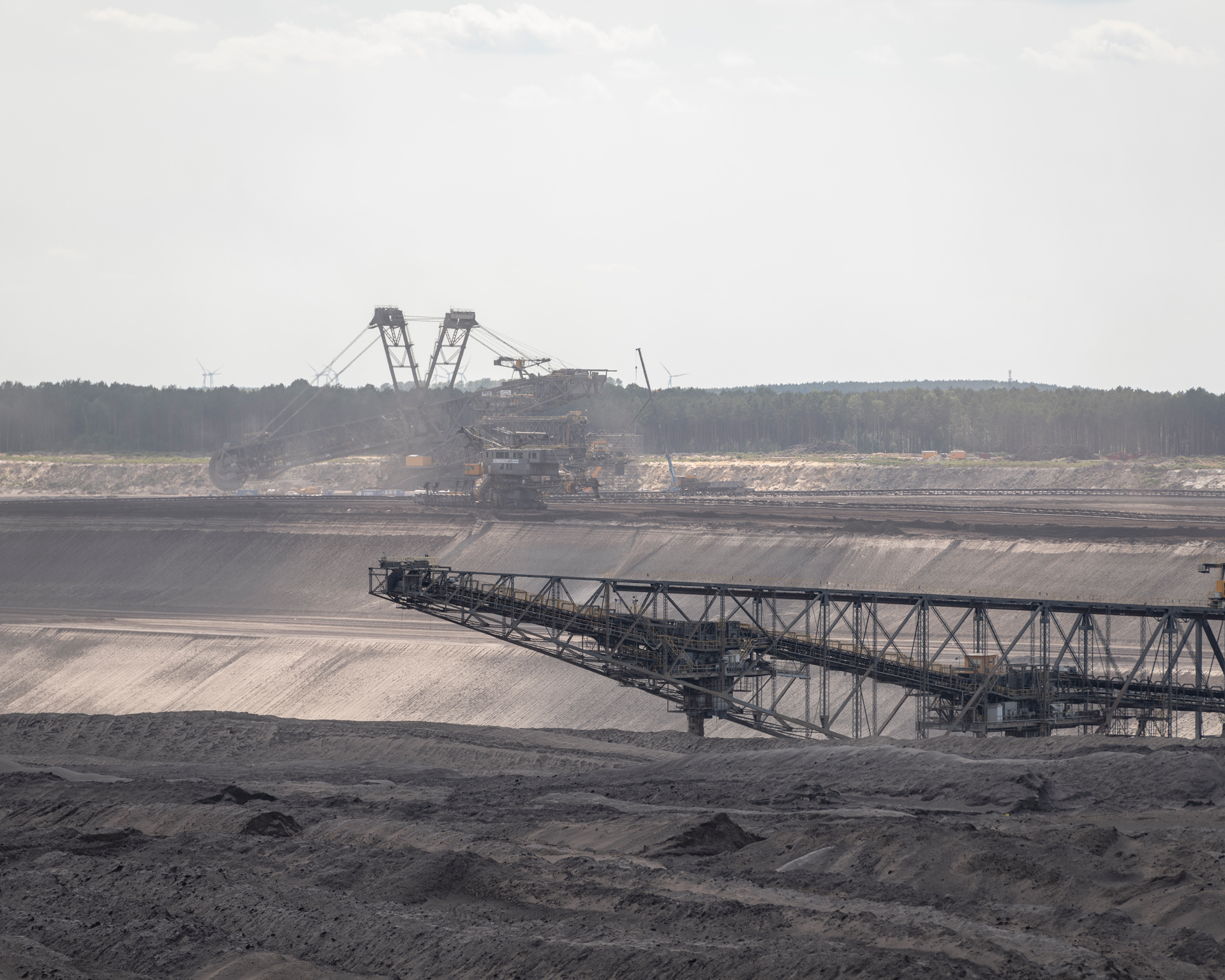
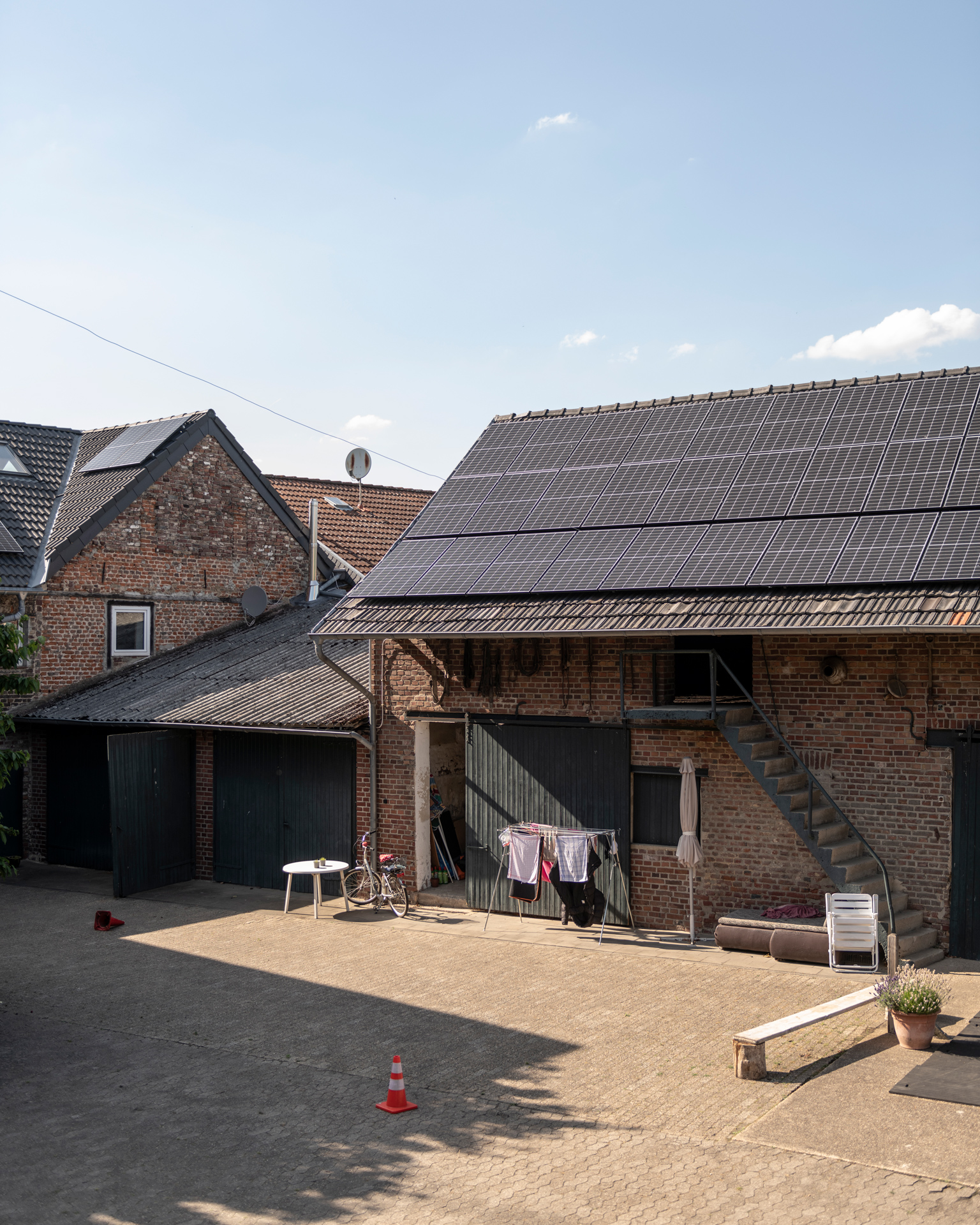
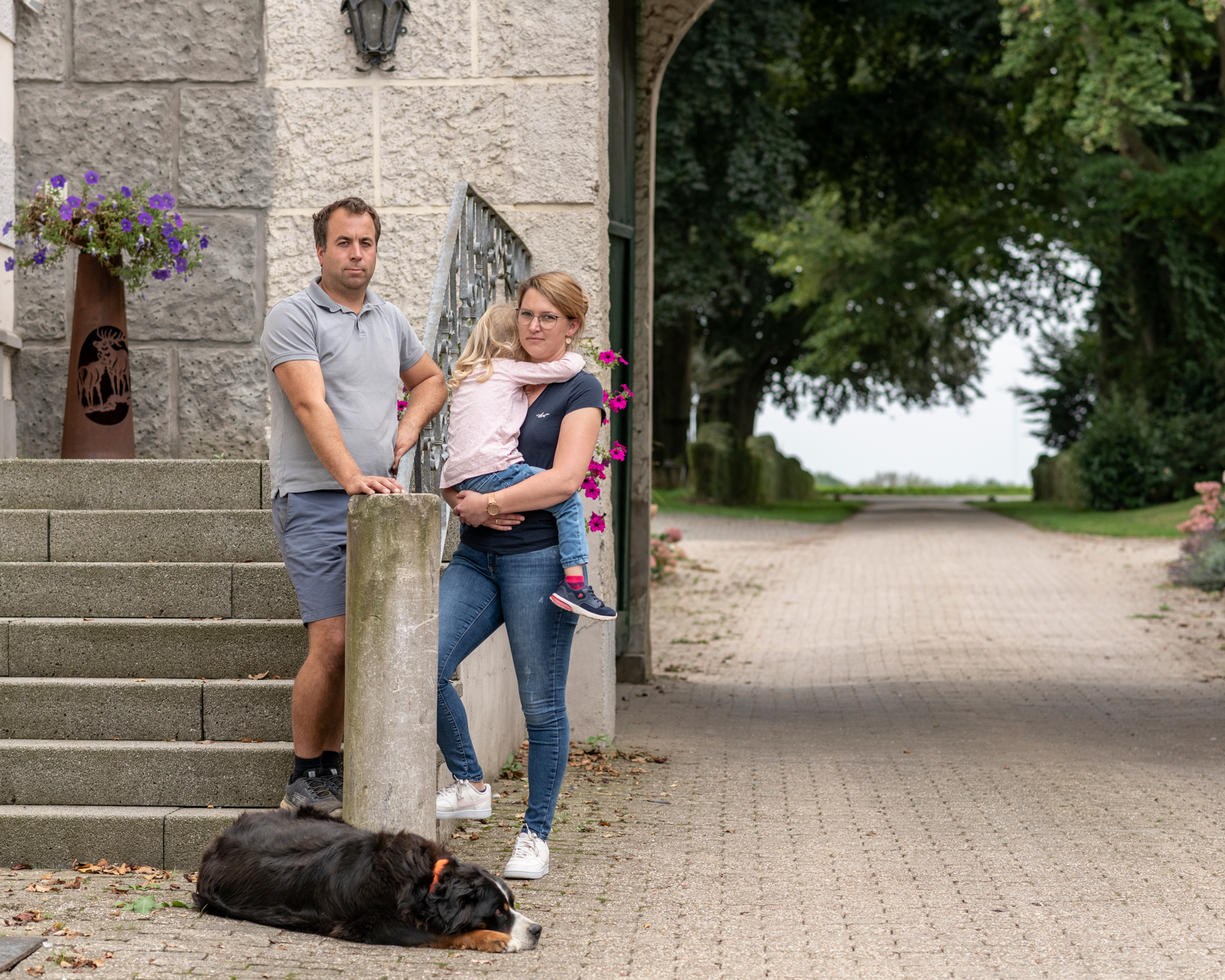
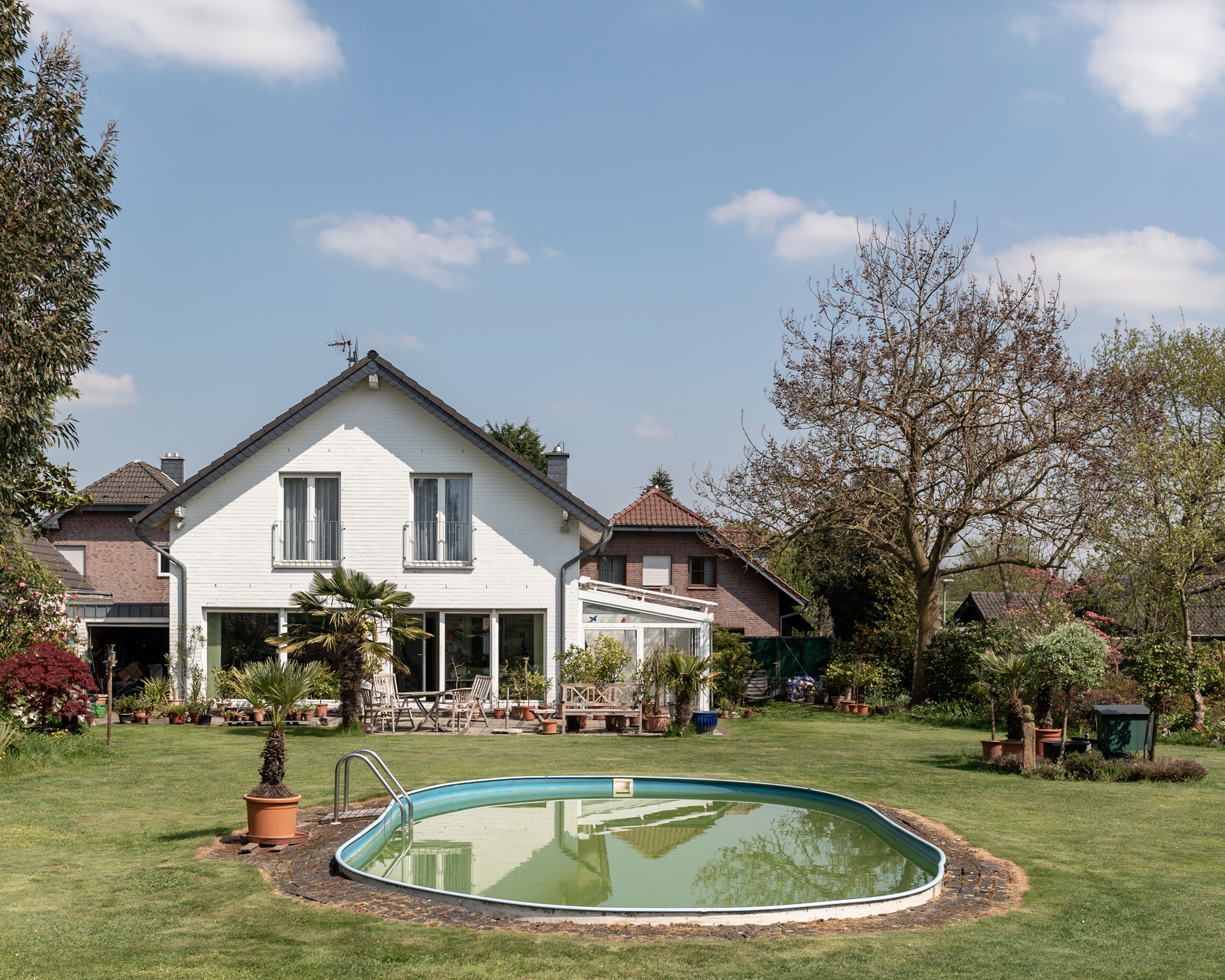

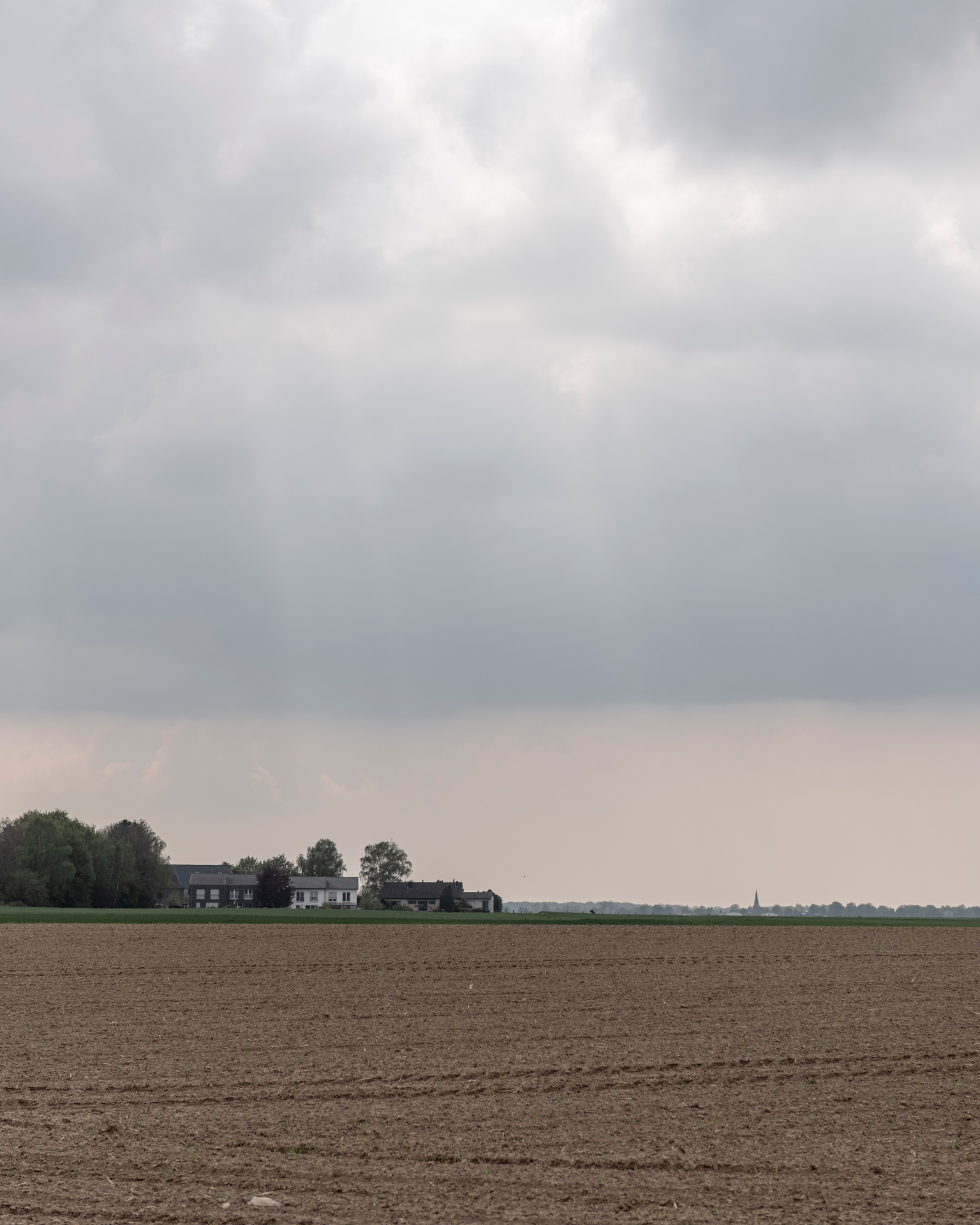
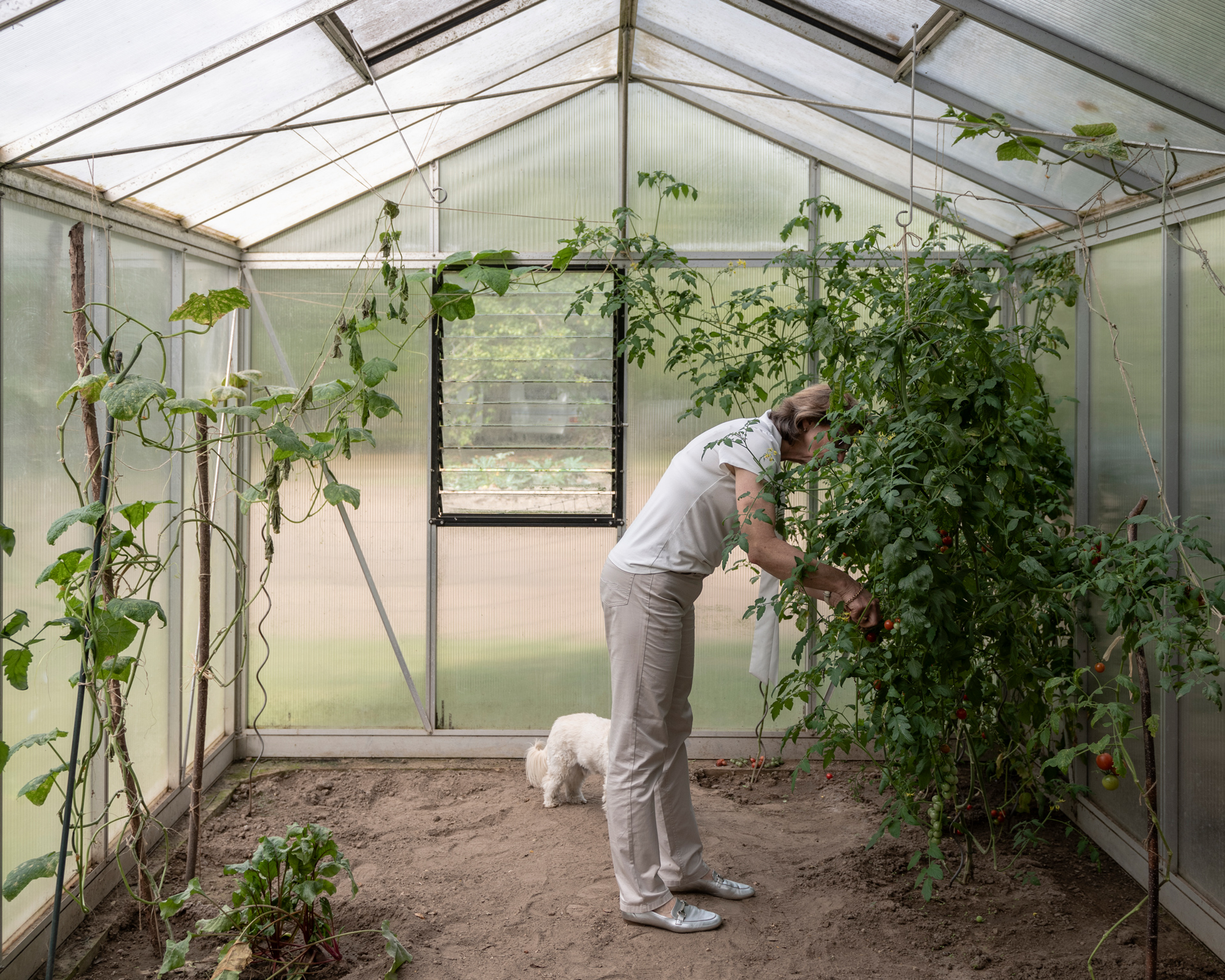
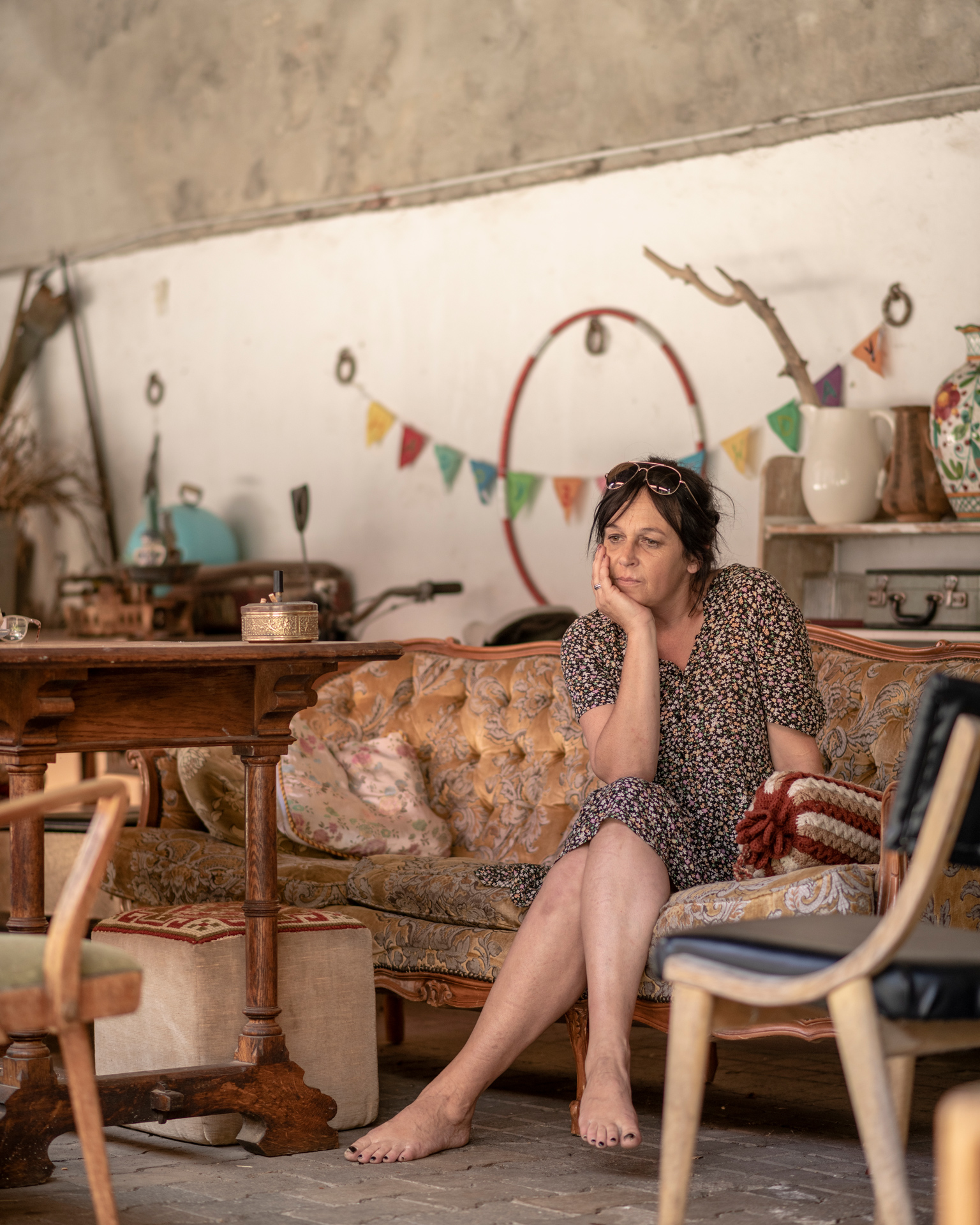
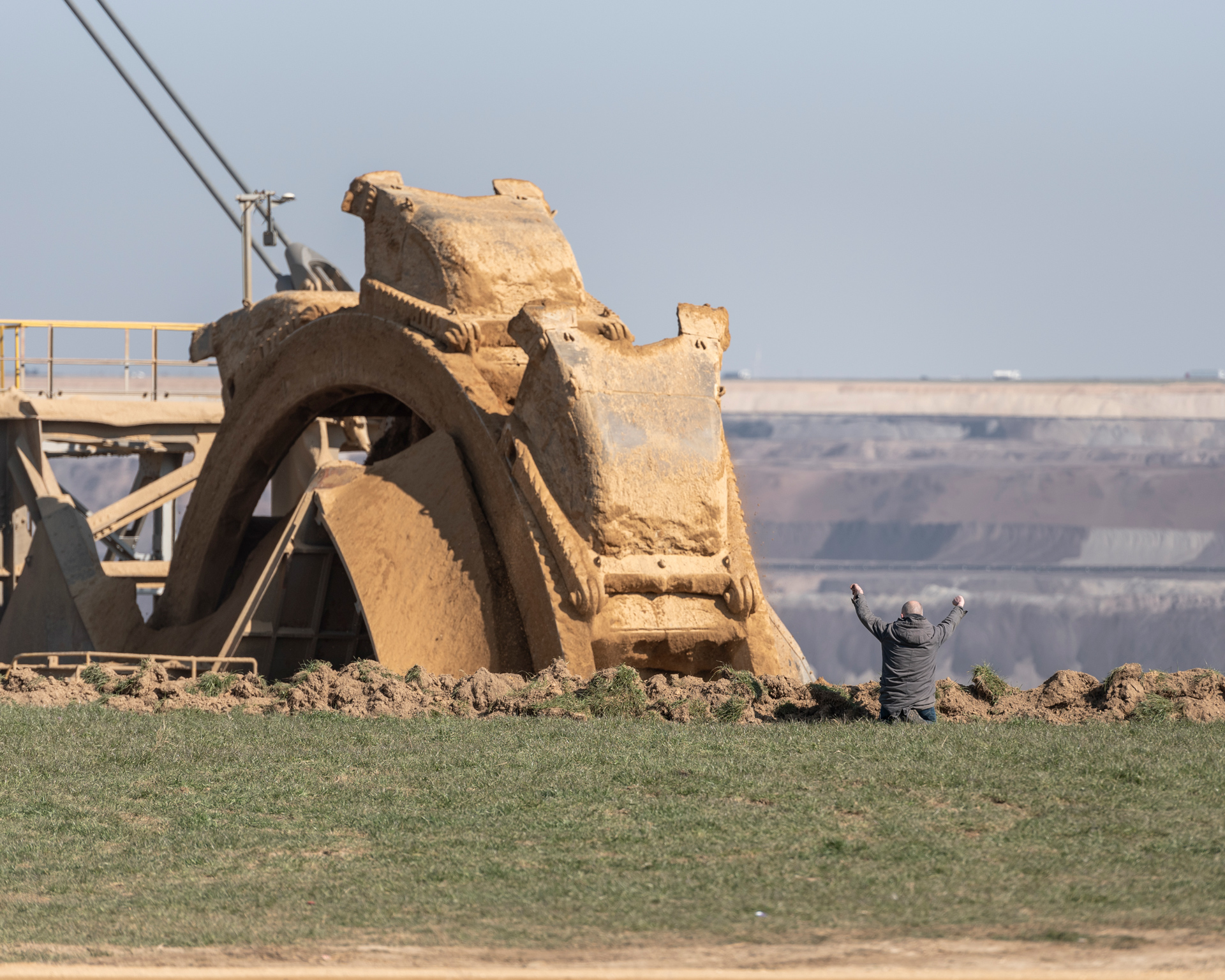
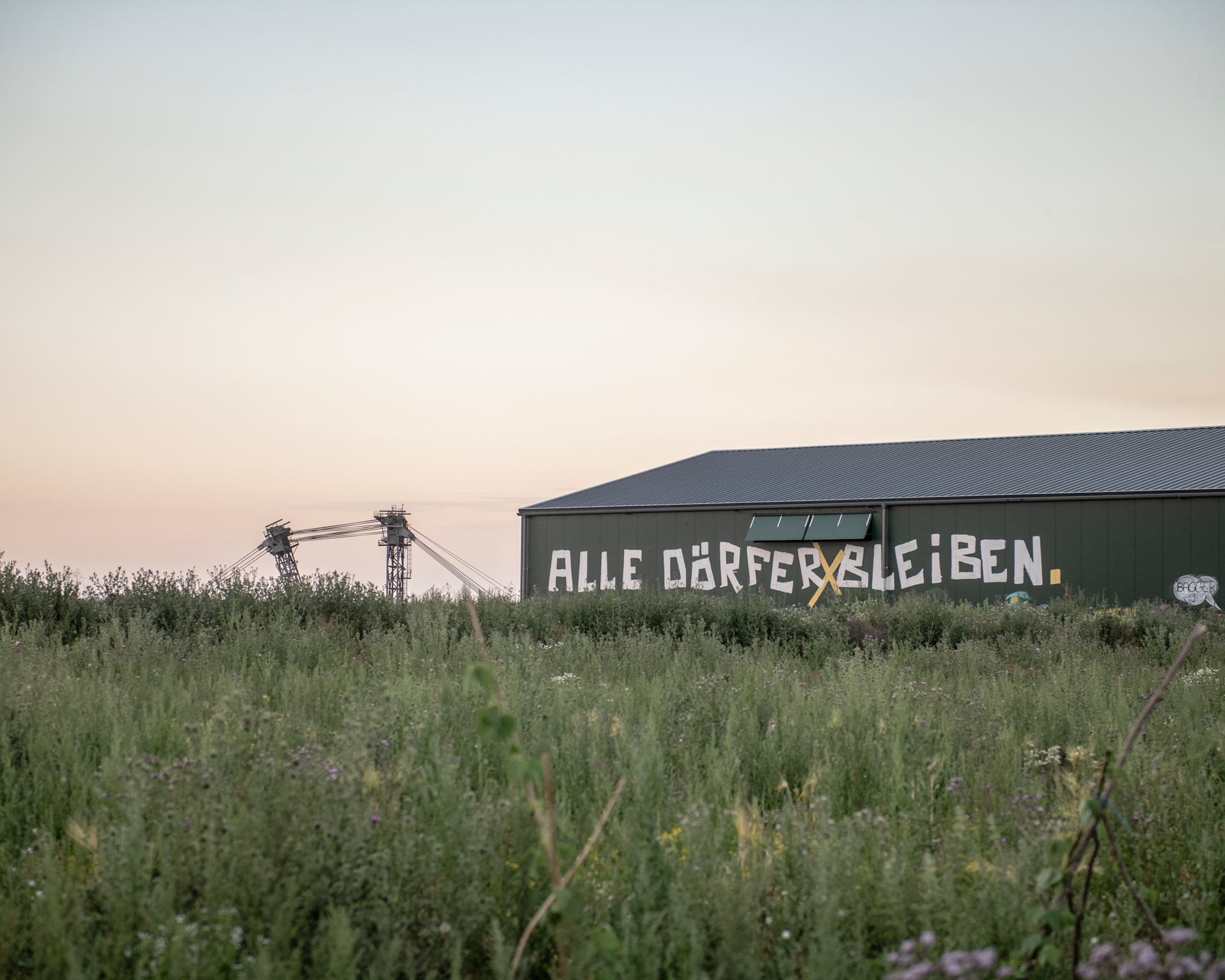
This project was supported as part of the „Junge Kunst und Neue Wege“ scholarship program of the Free State of Bavaria.
